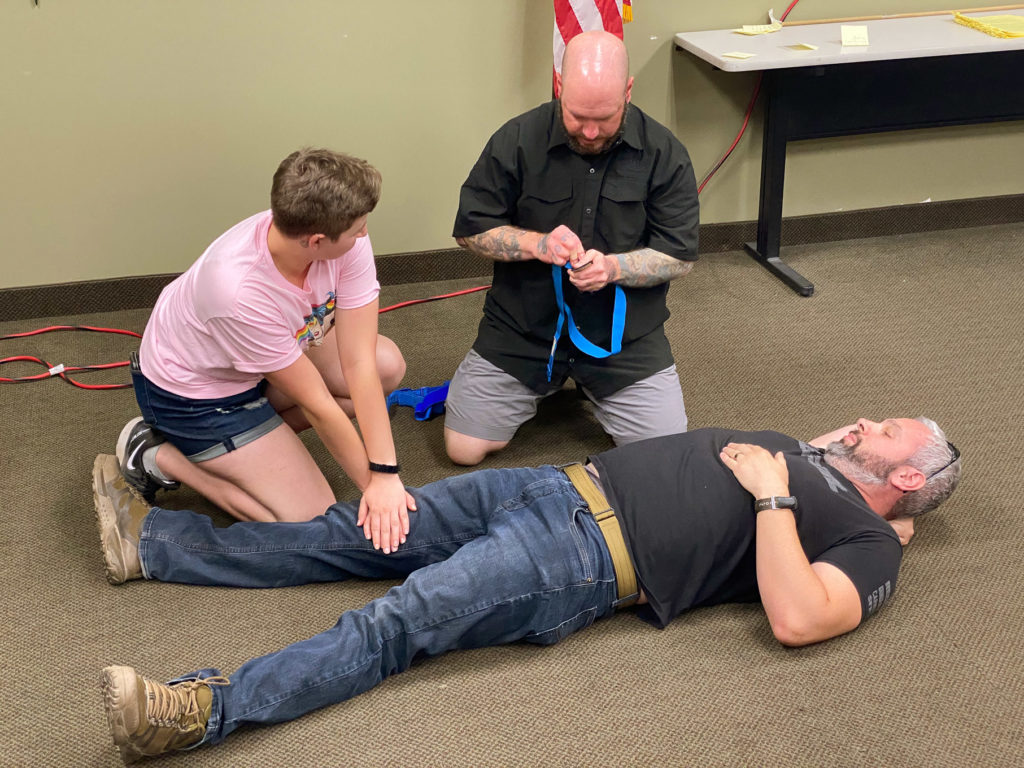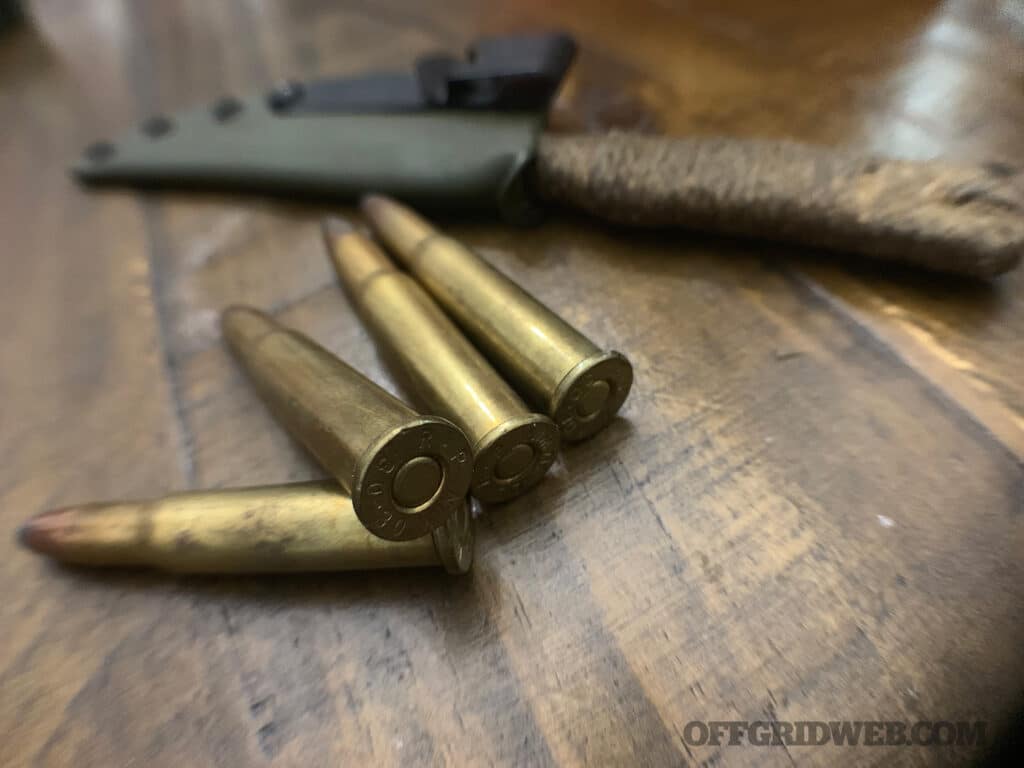In This Article
The ZT 0308 is currently the largest and most robust folding knife in the Zero Tolerance line-up. I ordered my first ZT 0308 shortly after it was initially released in 2020 with some slick customization from USA Made Blade and it has been a mainstay in my daily carry rotation since then. When the Scott over at USA Made Blade gave me the opportunity to take a look at the newest variation, the ZT 0308CF, I couldn’t say no!
About Zero Tolerance Knives
Zero Tolerance Knives, commonly known as ZT Knives, started back in 2006. Their goal was to produce hard use knives for first responders, law enforcement officers, and military personnel. The premium overbuilt knives drew the attention of knife users who wanted a tool they could rely on at work or in the field.
Over the next few years ZT continued producing hard use knives designed for professionals, but they also started producing smaller folding knives that had greater appeal to EDC knife users. While these new knives were not as large as many of their counter parts, they continued to be made in the USA with the same exacting standards and overbuilt using premium materials.
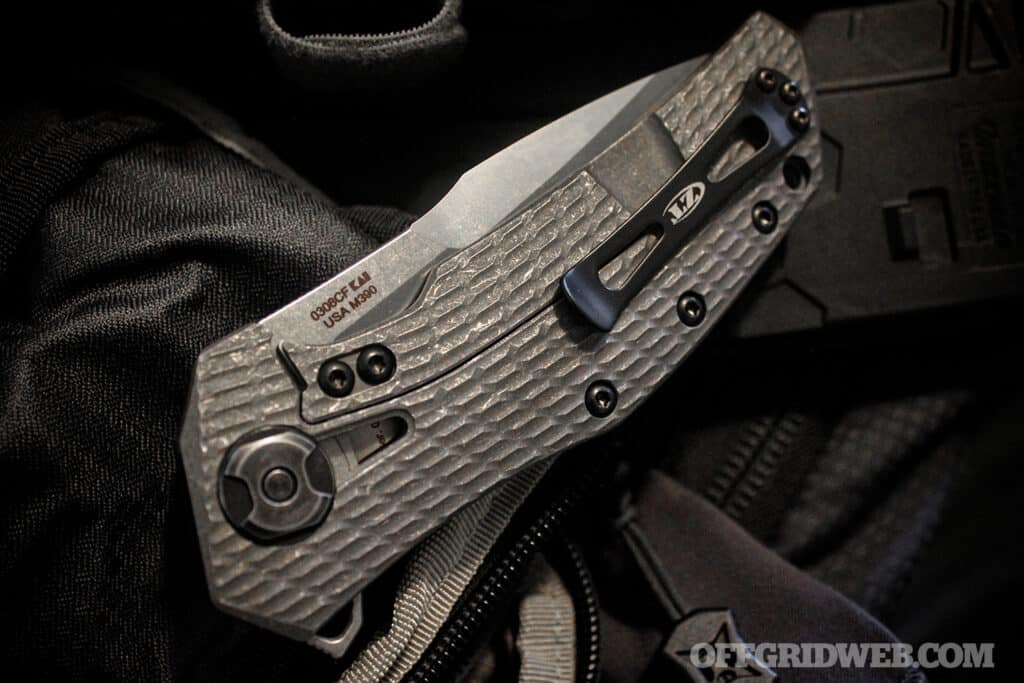
Above: The Lock Side of the ZT 0308CF
ZT 0308 Design
The 0300 Series of Zero Tolerance knives has long been known to fit into ZT’s design origins, big, overbuilt, and tough. The ZT 0308 is no exception to this rule! This design first hit the market back in 2020 and it featured a tan G10 scale, titanium frame, and Premium CPM-20CV blade steel.
The 0308 pivot runs on KVT ball bearings and snaps open thanks to a low-profile flipper tab. Once deployed the blade is held securely in place with a steel reinforced titanium lock bar. The drop point blade provides a robust tip and excellent belly giving it excellent slicing capabilities.
Both the titanium lock side and the scale on the “show side” have a deep laser engraved texture pattern that provides excellent grip, especially beneficial when working in wet conditions. There is a ramp on the spine which provides a comfortable place for your fingers to sit when using the knife. The first third of the ramp has jimping provide traction to reduce the possibility of your finger slipping off. The flipper tab also has jimping to ensure there is no finger slip when attempting to open the knife.
Since the original release several other versions came out, including one of the models we will be looking at Factory Special Series 0308CF. This limited run adds a carbon fiber scale, a heavily stonewashed titanium frame, a M390 super steel blade, and an updated clip design.
ZT 0308 Spec Sheet
- Overall Length: 8.9 inches
- Blade Length: 3.75 inches
- Blade Thickness: .156 inches
- Weight: 8–6.9 Ounces
- Blade Steel: CPM 20CV, M390
- Blade Shape: Drop Point
- Lock Type: Frame lock with steel reinforced lock bar.
- Scale Material: G10 or Carbon Fiber
- Liners: Steel liner below the scale
- Clip Info: Clip mounted on titanium frame side, can be reversed on the stock scale.
- Price: $376-$420
- Made In: Oregon, USA
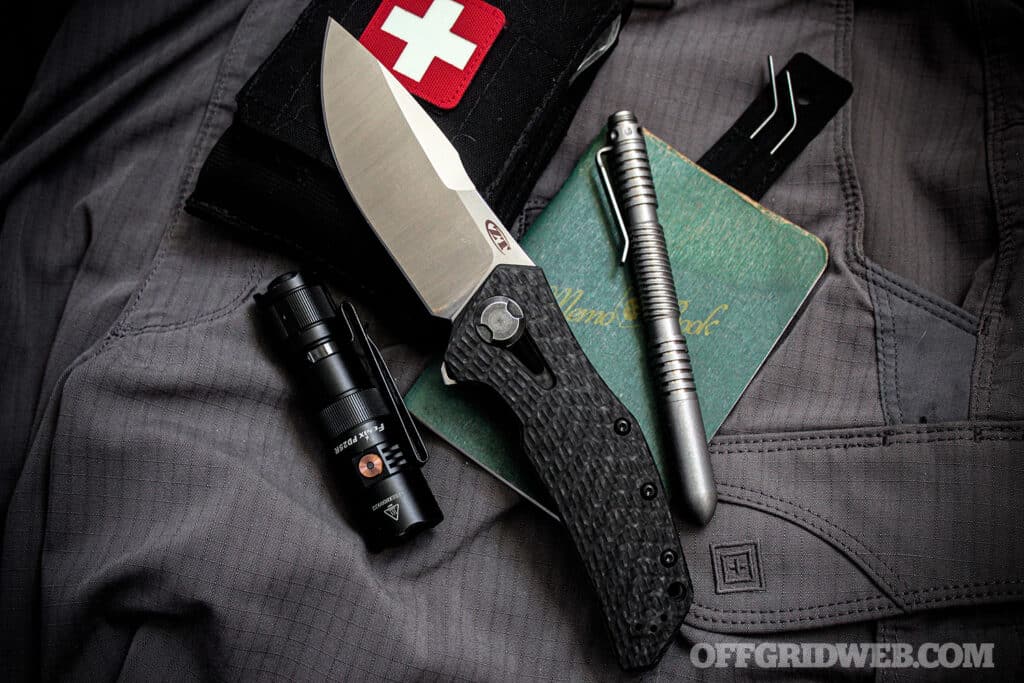
The ZT 0308CF with some of my for urban oriented EDC Gear including the Fenix PD25R, Hinderer Extreme Duty Pen, Tuff Possum Bogata V2 Picks, and ITS Tactical Slim Line Pouch with First Aid Kit.
EDC Performance
Despite its beefy size the ZT 0308 performs very well in daily tasks. The blades flat grind performs very well when it comes to slicing tasks. It easily cuts through cardboard when opening or breaking down boxes, those little plastic zip ties often found in product packaging present no challenge, and the robust tip is very helpful when it comes to getting into those hard plastic packages that I know we all hate!
While cardboard is notorious for dulling knife blades, the edge holds up well through consistent use thanks to the premium CPM-20CV super steel. When it come’s to edge retention 20CV is one of the best steel options on the market, which also makes it a little more difficult to sharpen, but with a quality sharpening system it is easy enough for any one to do with a little practice.
Like most stainless steels used in folding knives, 20CV is not as tough as many of the high carbon or stainless steels used in fixed blades, but it is still a tough steel that can easily handle typical daily tasks and more with no concerns of breaking.
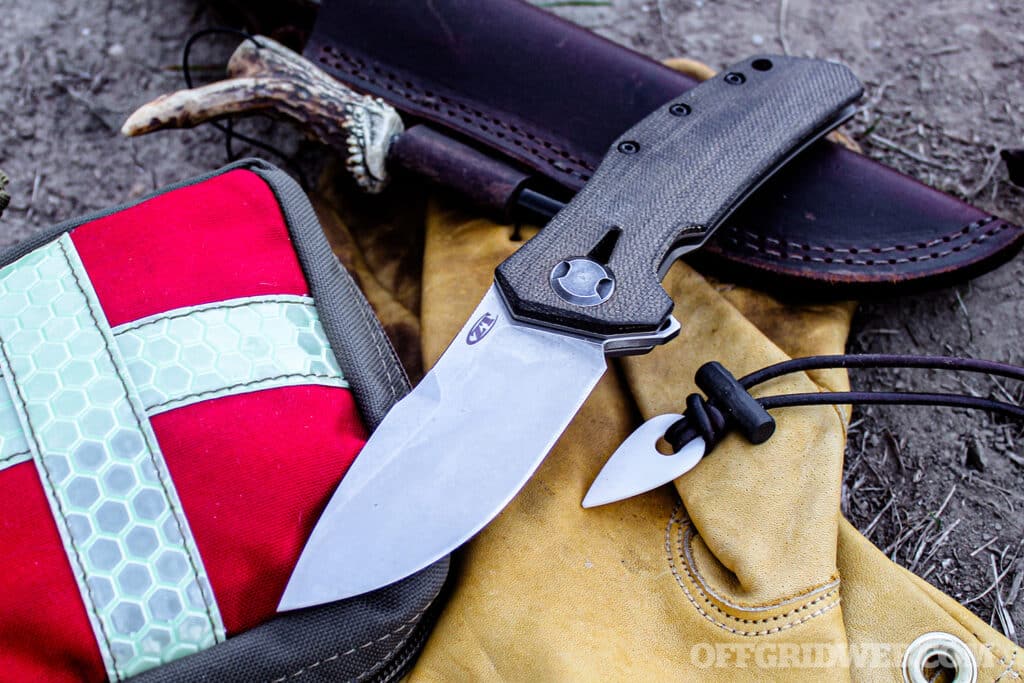
Above: My original ZT 0308 is a staple in my outdoor gear line up, it is pictured here with my Wazoo Spark Necklace, Tuff Possum Med Pouch, Badger Claw Outfitter Gloves, and Knives by Nuge Big Boi.
Outdoor Performance
When it comes to folding knives, many are not built to hold up to the rigors of extensive wilderness use. Fortunately, The ZT0308 does not fall into that category and is very capable in the great outdoors.
Being it is a very capable slicer, the ZT 0308 performs very well in my foraging tasks and has served me well when doing camp food prep. The blade easily cuts through most plant and animal material with ease. The tip of the 0308 does a good job piercing and has enough “meat” behind it to not be fragile. The blades belly makes the 0308 very capable of processing a fresh caught fish or animal possible.
The corrosion resistance of 20CV is great for plant and animal processing tasks. Plant and animal materials can be highly corrosive and cause rust build-up if not thoroughly cleaned shortly after use, especially with high carbon steel. However, with 20CV you have some wiggle room and if you don’t clean it right away there is less of a chance of harmful rust occurring.
While a folding knife would be my first choice in processing an animal because the post processing maintenance would require disassembly to remove blood and tissue from the pivot and interior frame, I like knowing that my folding knife could do the job should my fixed blade become lost or damaged.
When it comes to wood processing tasks the ZT 0308 does an admirable job in basic fire prep essentials. Breaking down small twigs and branches for tinder and kindling was no problem. I have no issues doing minor carving tasks, especially when working with softer wood like pine and cedar. While I normally wouldn’t use a folding knife for prying anything, the ZT 0308 does well at both prying bark and bracket fungi off fallen trees.
Ultimately the 0308 won’t replace a dedicated fixed blade that can perform tasks like chopping or batoning of wood, it makes a great solo companion for less labor-intensive trips to the woods and an excellent back up knife when carrying a larger fixed blade.
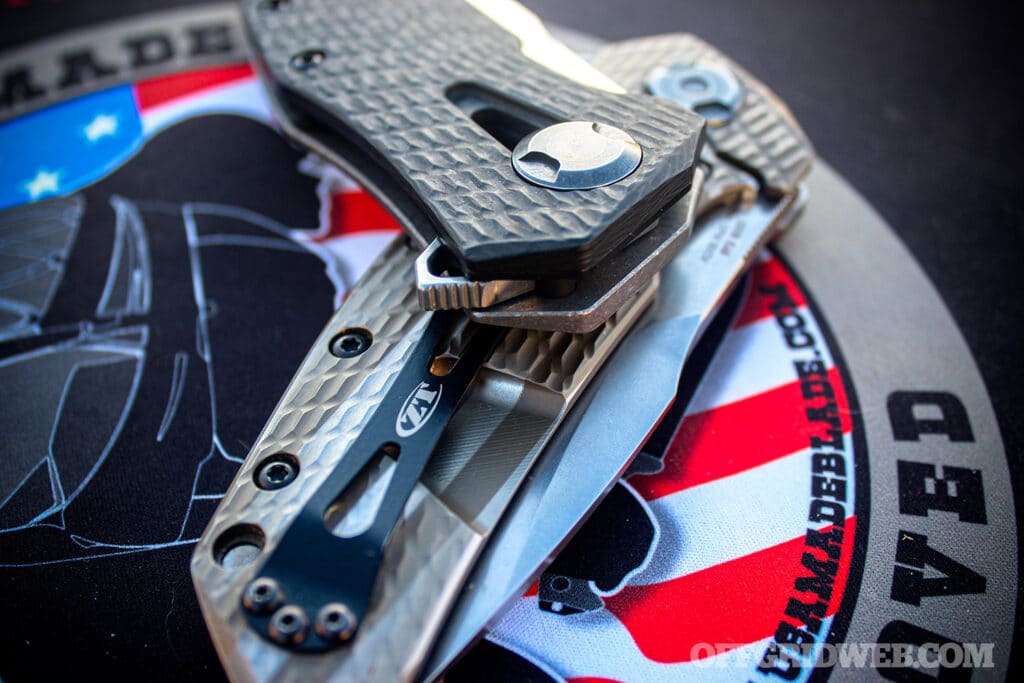
Carry System
The ZT 0308 is a big knife and has considerable heft to it. It carries well in heavy weight pants like jeans, work pants, or tactical pants. Light weight pants like “swishy” pants or basketball shorts make carrying comfortably it a bit more challenging, but not impossible.
The Clip on the original 0308 sits almost flat against the frame making it difficult to negotiate over reinforced pockets commonly found on work and tactical pants. The clip would sometimes catch slightly when removing it from the pocket, this is annoying but far from a deal-breaker. The clip has been significantly improved in the ZT0308CF model, and even if you have the original there are a ton of aftermarket clip options available if you wanted to switch.
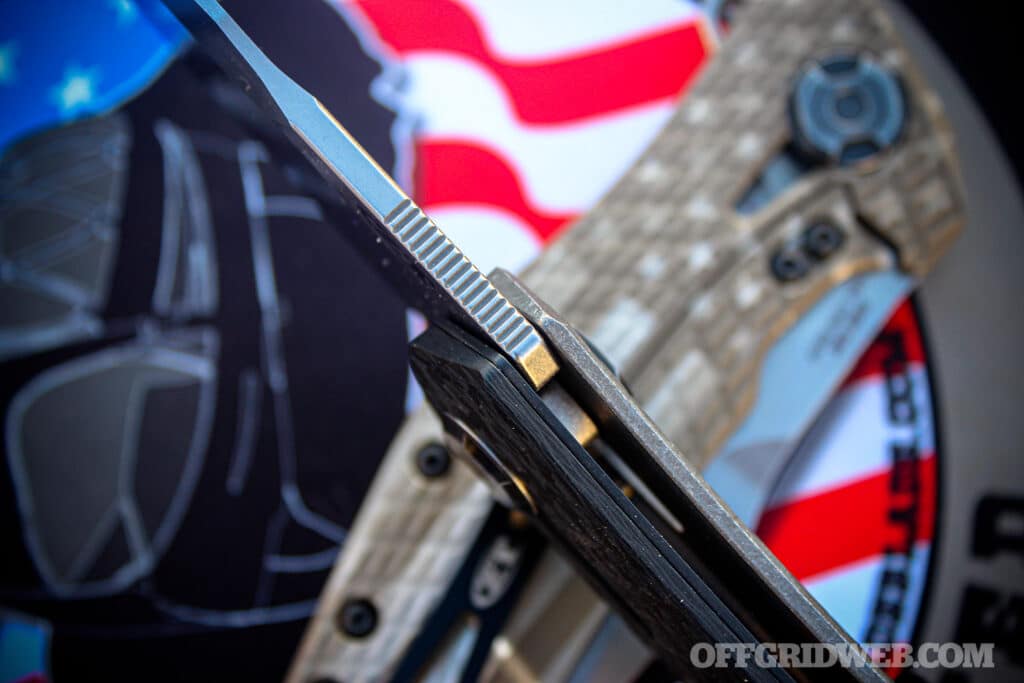
Comfort in Use
In hand the ZT 0308 feels very good. The frame has a great shape that allows a solid full hand hammer grip for my large glove sized hands with plenty of left over handle for those of you who have sasquatch sized hands. I did not experience any significant hot spots during use and while that flat clip may have been annoying in the pocket, it does not dig into your hand at all during use, which to me makes it a worthwhile trade off.
The Thumb Ramp on the 0308 is incredibly well done. It is a comfortable place to rest your thumb when doing push cuts or want a little more control. The ramp goes up to about a third of the total blade giving you more than enough room to rest your index finger on when you are looking for the most blade control when doing detailed cuts.
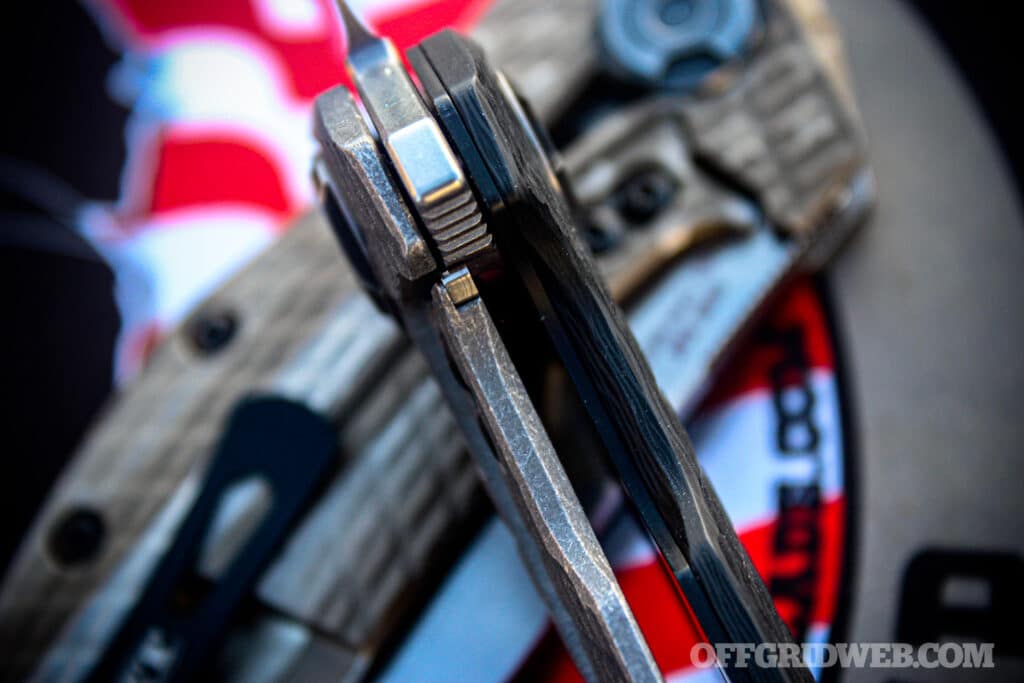
Above: The Steel reinforced lock bar insert prevents wear on the titanium lock bar.
Safety
When it comes to hard using a folding knife, my biggest concern is lock slip. If the lock slip during use this can cause the blade to fall into closing position, unfortunately that is where your fingers usually are! In all my years of use I am happy to report that my ZT 0308 has never once experienced lock slip!
The jimping on the spine and flipper tab provide good purchase without being so aggressive that it hurts. Having the jimping on the flipper tab is a great design choice as the 0308 has a heavy detent that requires heavy push to open. The jimping ensures that your finger isn’t slipping off the flipper tab leading to a failed or partial deployment.
The textured grip on the handle scale and titanium frame helps provide a positive grip while in use, especially when wet and the flipper tab acts as a blade guard when opened. Both factors play a key role in safety during hard use tasks.
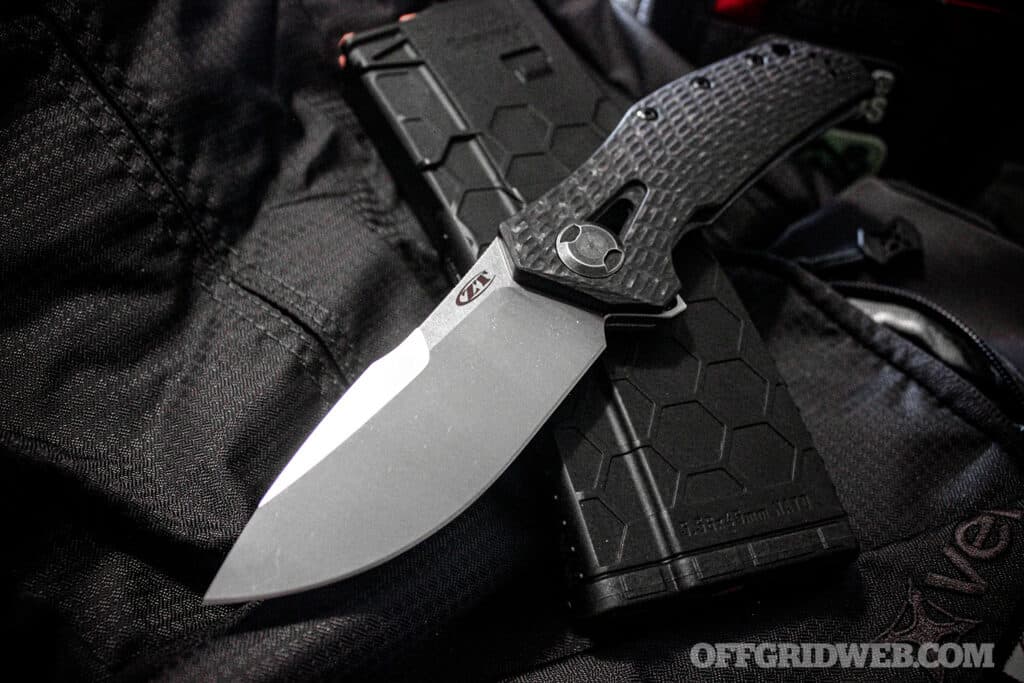
The ZT 0308CF
The ZT 0308CF is the newest version available as a special run Zero Tolerance Knives calls the Factory Special Series. As with any F.S.S. series knife, a limited amount are made and once they are gone they are not made in that configuration again.
The CF stands for carbon fiber and that is what the handle scale of this version is made of. Carbon Fiber has been a popular handle material for years in the premium knife market both for its unique looks and its durability. Carbon Fiber is significantly more expensive and more difficult to work with than the more common G10 or Micarta handle scale options out there, so seeing a price increase to the end user is typical.
Another change in for the ZT 0308CF was the use premium M390 super steel for the blade. From a usage standpoint, expect no noticeable differences and M390 and 20CV are remarkably similar in both composition and properties.
The Titanium frame on the 0308CF has a heavy stonewash giving it a muted non-reflective finish. The liner behind the scale was also given a black finish, wrapping the whole package for a much darker look than the original.
The only major design change lies in the clip, which now has been lifted slightly off the frame, making it significantly easier to get in and out of your pocket. Thankfully, this change has not negatively affected the overall ergonomics of the knife!
While I have not had the ZT 0308CF in my line up for years, I have found it to perform equally as well as the original. The darker aesthetic is a great decision on Zero Tolerances part as it is far less flashy in the pocket, and it blends in very well with any dark colored pants.
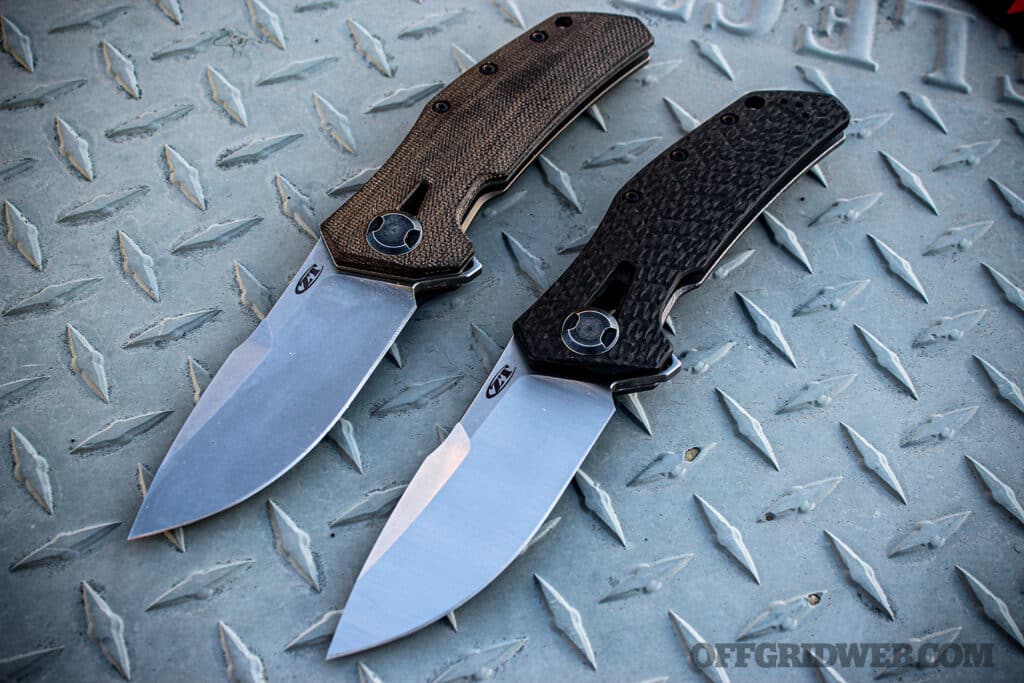
ZT 0308 Pros and Cons
While no knife is inherently perfect, many pros and cons are entirely subjective and the environment you are in, the intended work you plan on doing with the knife, and user preferences all play a big role. From my personal experience using and testing hundreds of different knives, no single knife is designed to be everything for everyone.
Pros
- Premium materials and excellent build quality ensures years of reliable use.
- Excellent ergonomics and comfortable in hand during extended use.
- The blade provides good piercing and excellent slicing capability.
- Solid blade lockup, with no lock slip during hard use tasks.
- One of the best thumb ramp designs I’ve worked with on a folding knife.
- Both M390 and 20CV provide excellent corrosion resistance and edge retention, reducing the need for constant maintenance especially during extended use in harsh environments.
- Fit, finish and deployment action are excellent.
- Made in the USA
Cons
- Size and weight make this knife less compatible for carrying with thinner pants or shorts.
- The original versions clip can be frustrating especially with pants that have reinforced pockets, but recent updates have improved the clip significantly.
- Both M390 and 20CV can be more difficult to sharpen in the field than standard stainless-steel options.
- The price may be prohibitive for some buyers.
Final Thoughts
Writing a review of a knife that I have owned and used for the better part of 4 years is always so much more gratifying than one I have simply evaluated for a few weeks. My original ZT 0308 has seen just about every variety of environment and use situation that I expect to find myself in, and through all that you really develop an appreciation for the its’ design and build quality.
Simply put, the ZT 0308 is an excellent knife. The design harkens back to the original ethos the Zero Tolerance Knives was built upon, overbuilt hard use knives. This is not your slim, discreet EDC folder, this is a big, tough, ready to take on any challenge you throw at it knife! The ergonomic design ensures comfort over extended use with no major hot spots to wear your hand down. The drop point blade and flat grind makes it great for any of your day-to-day tasks, while bringing versatility for some serious field use if the need arises.
From a build quality standpoint Zero Tolerance Knives has always impressed me. I have owned and used roughly 15 different models over the years, and while not every design was for me, the quality of the build was never in doubt. This is evident in the 0308, especially considering outside of adding more premium materials and a darker overall look, the only design change I have seen between my original and the newest carbon fiber model was a minor quality of life improving clip update.
Bottom line
If you’re in the market for a robust, American made, hard use folder with premium build quality and don’t mind paying a premium price, the ZT0308 or the ZT0308 CF is for you!
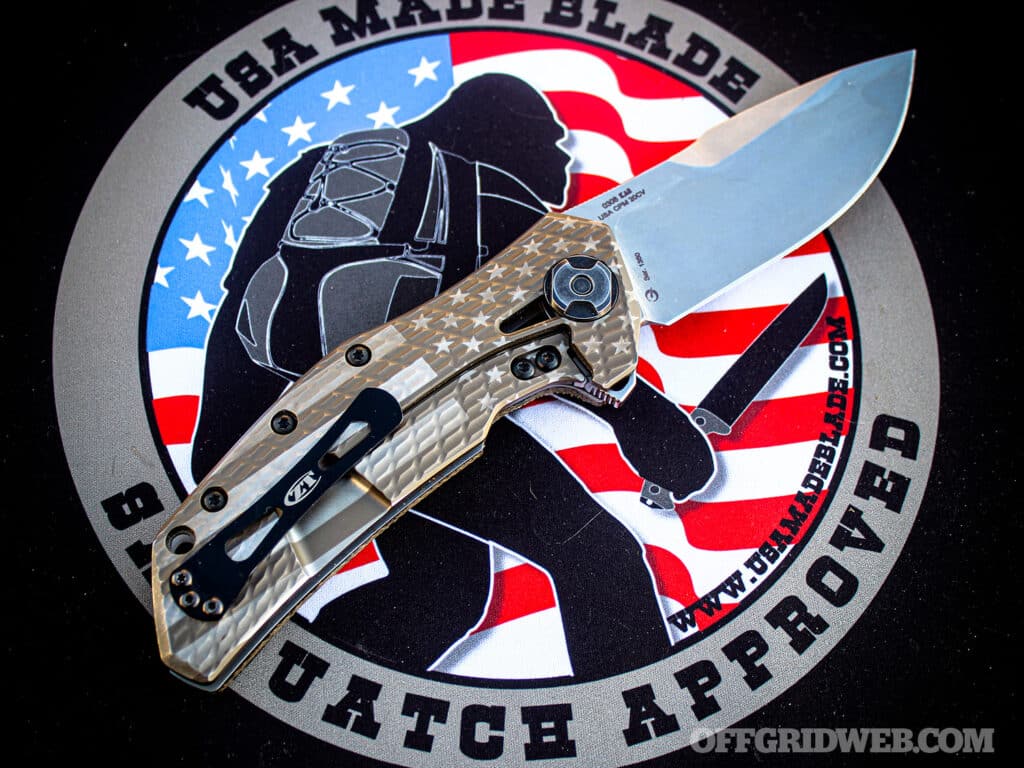
Above: My original ZT 0308 with custom stars and stripes anodized frame by USA Made Blade.
Where to Get It: USA Made Blade
Both my original ZT 0308 and my ZT 0308CF came from USA Made Blade based in North Carolina. USA Made Blade only deals in knives made in the USA and specializes in high end production and custom knives from some of the best American Knife companies.
In addition to their robust online sales platform USA Made Blade owners, Scott “Whitty” Whittington and his wife Ellen, recently opened a physical store front called Sasquatch Knife Shop in Salisbury, North Carolina where you can see their selection of knives in person.
USA Made Blade has partnered with Zero Tolerance to allow Scott to create stunning in-house custom versions of ZT Knives with specialty scales and anodized finishes. They offer free and fast shipping on most orders and top notch customer service.
As of the time of writing both standard and customized ZT 0308CF models can be found at usamadeblade.com
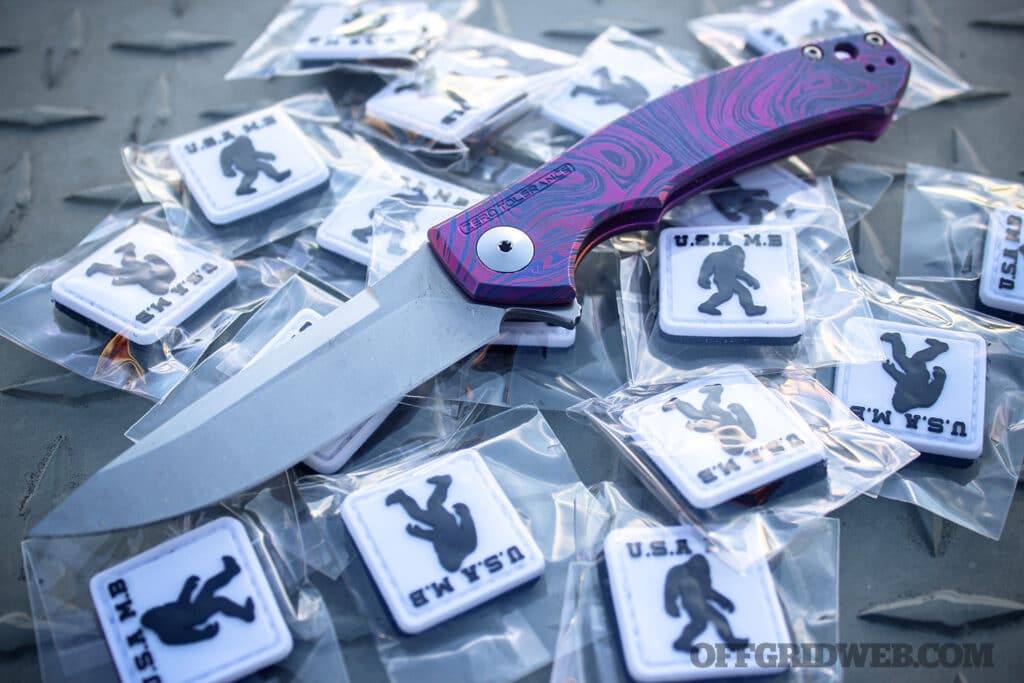
Above: My Wife’s ZT 0450 with custom “Anomascous” pattern by USA Made Blade.
A Smaller Alternative: The Zero Tolerance 0450
Looking for something that is overbuilt but not as large? The Zero Tolerance 0450 is a great alternative! This Sleek folder comes in at 7.4 inches overall with a 3.25-inch blade and weighs 2.9 ounces! While this is not a small knife by any means, it is light in the pocket thanks to its full titanium frame and thin profile. The blade is made from S35VN steel which provides many of the same qualities as the M390 and 20CV found in the ZT0308. While these come from the factory looking sterile Scott over at USA Made Blade can use that blank canvas for some impressive custom work!
Read More
Don’t miss essential survival insights—sign up for Recoil Offgrid’s free newsletter today!
- Reiff Knives F4 Field Test: A Comparison of the Three F4 Variants
- TOPS Knives El Pionero
- Spartan Blades Pallas Tanto Blackout
- Review: Zero Tolerance 0462 Folding Knife
- ZT 0630 Knife Review
- Knives by Nuge Bruin
Check out our other publications on the web: Recoil | Gun Digest | Blade | RecoilTV | RECOILtv (YouTube)

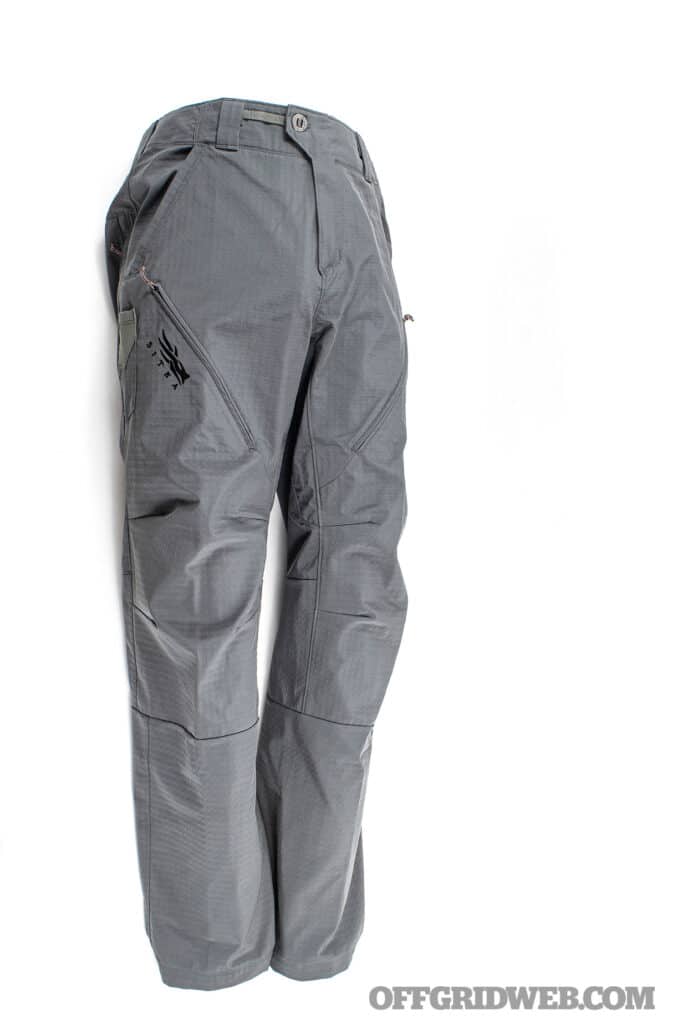
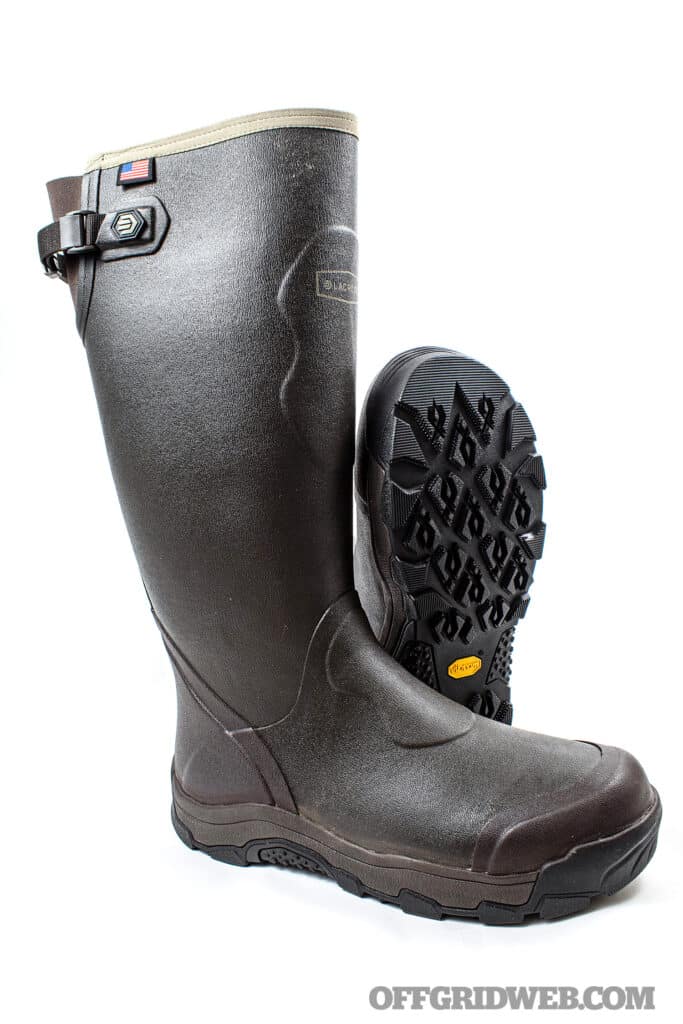
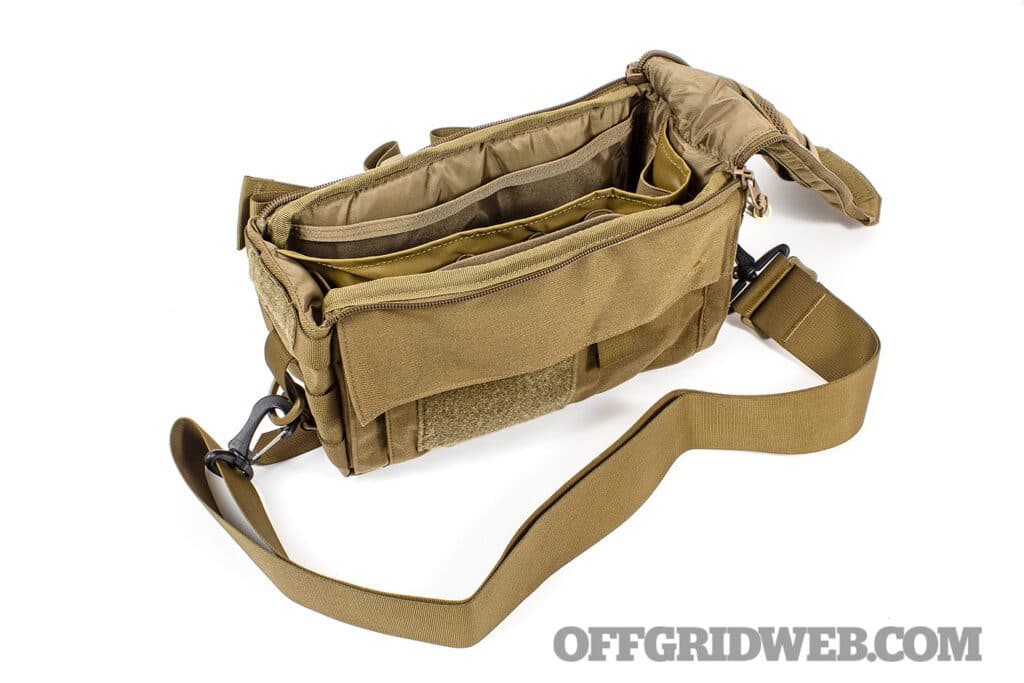
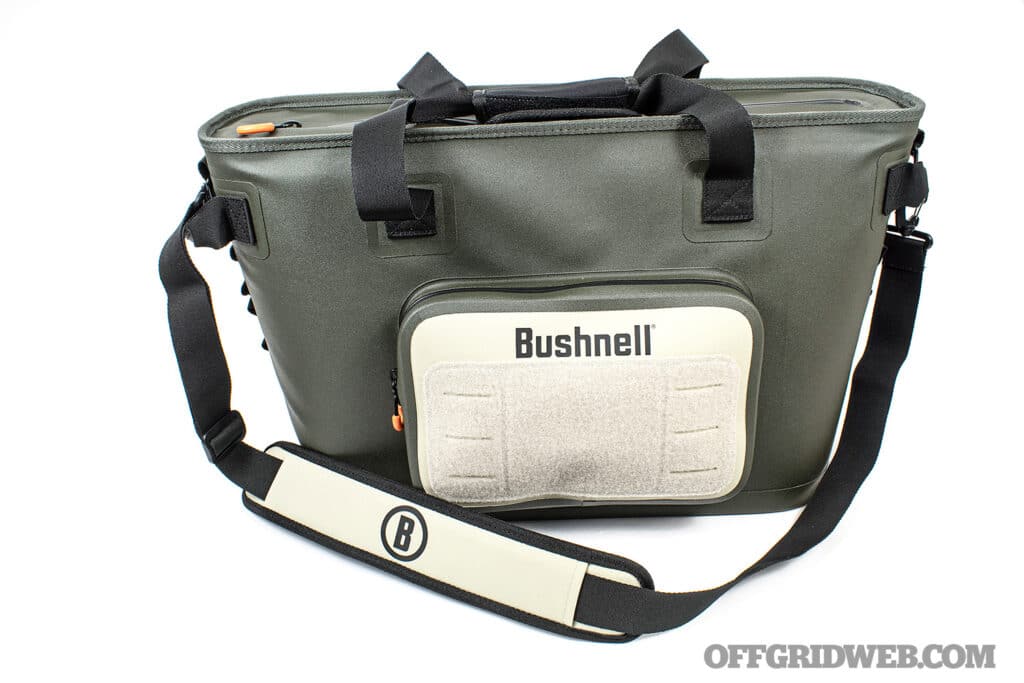
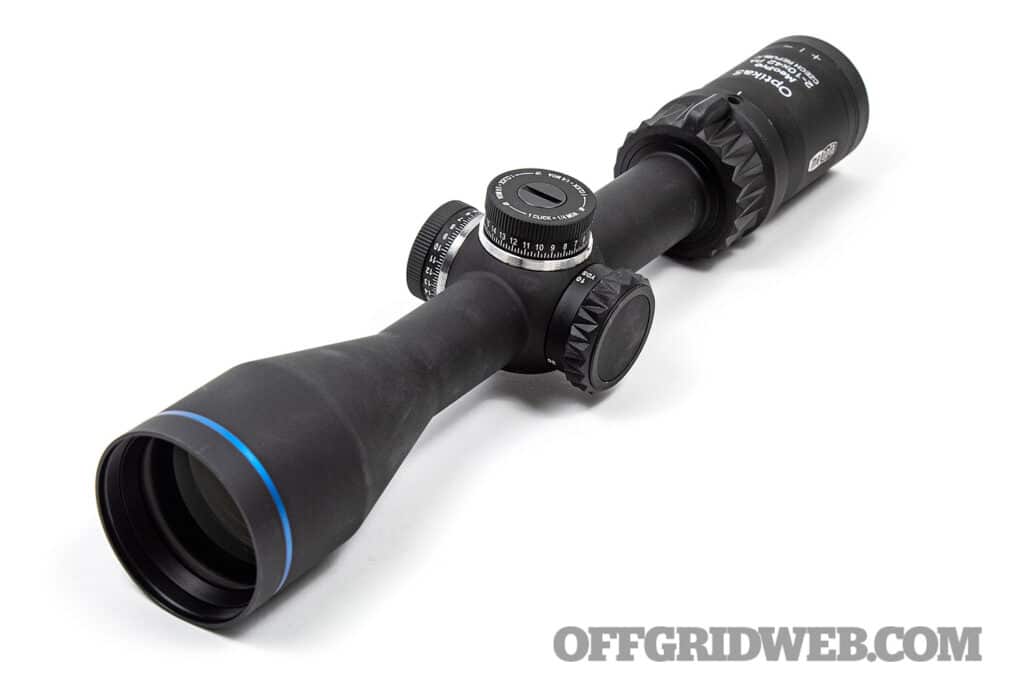
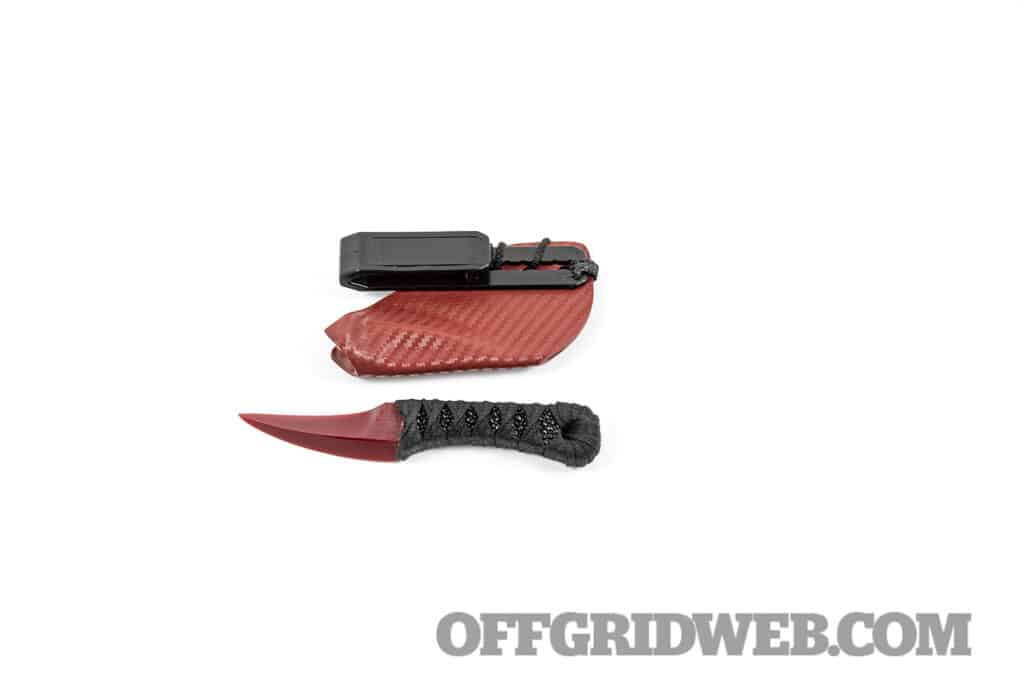
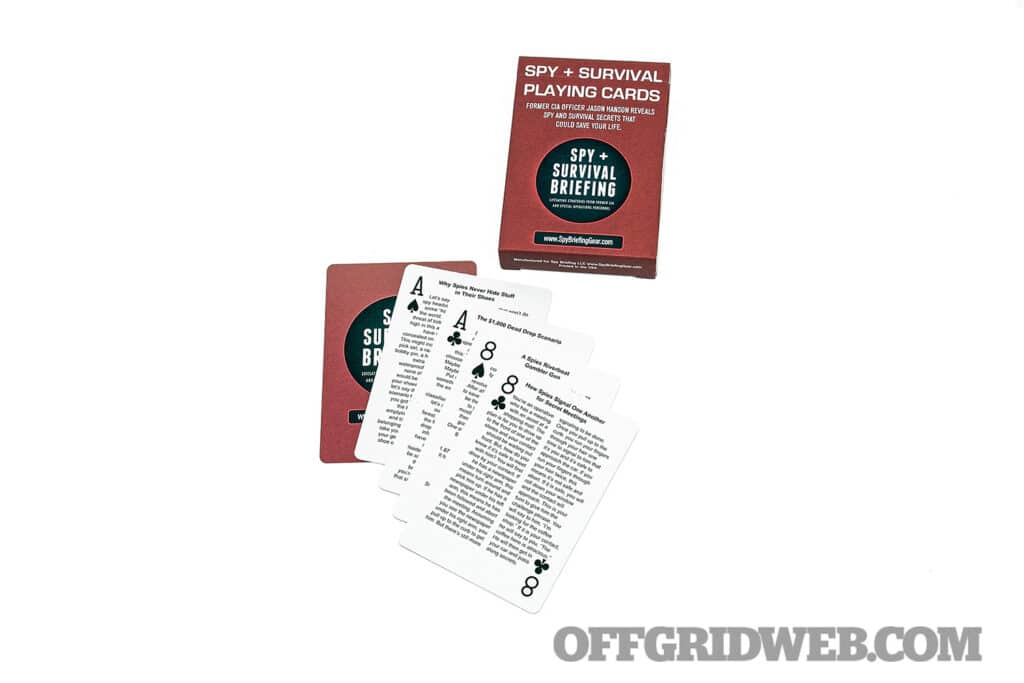
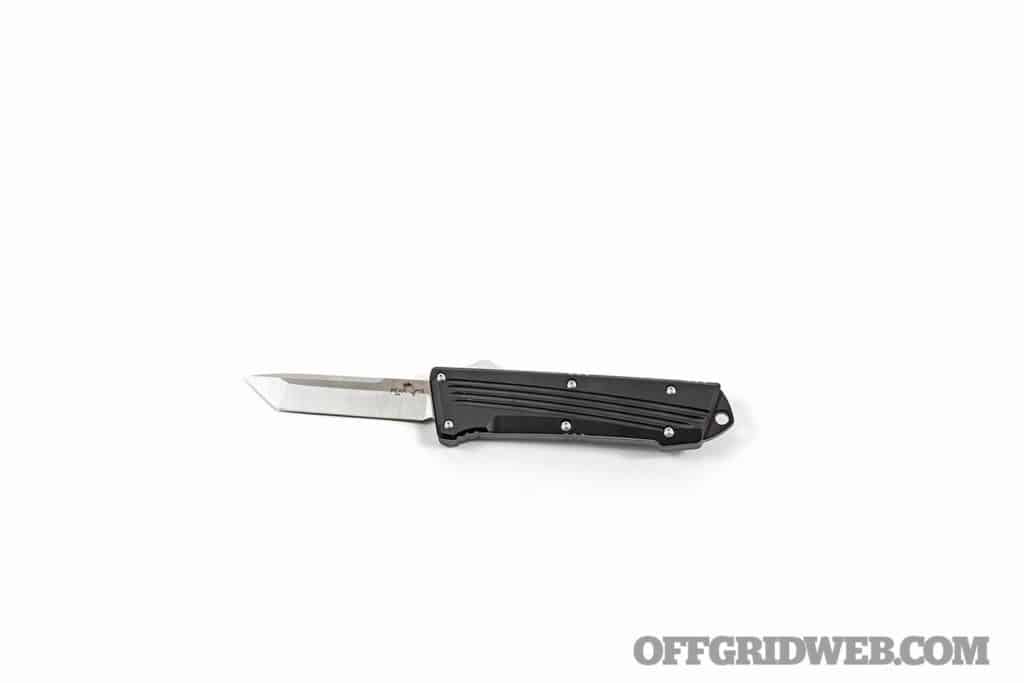
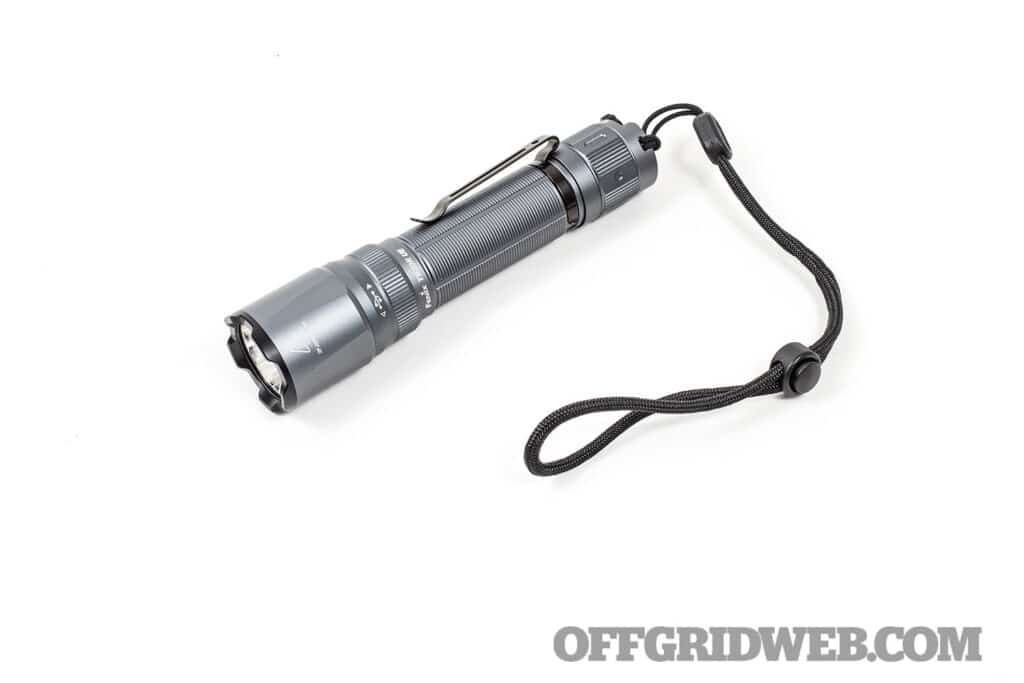
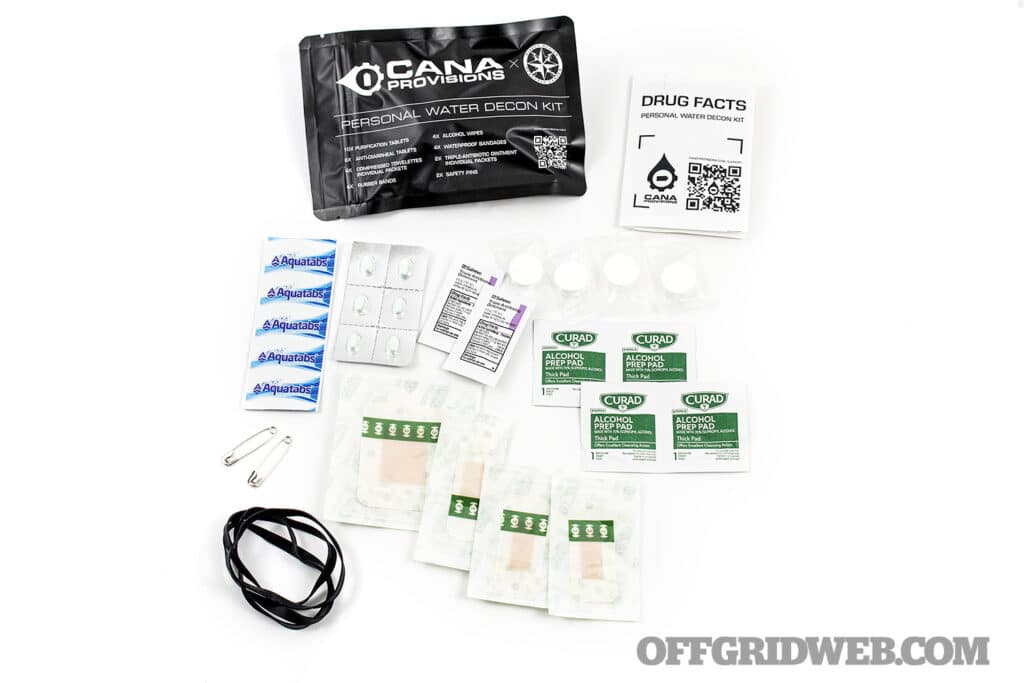
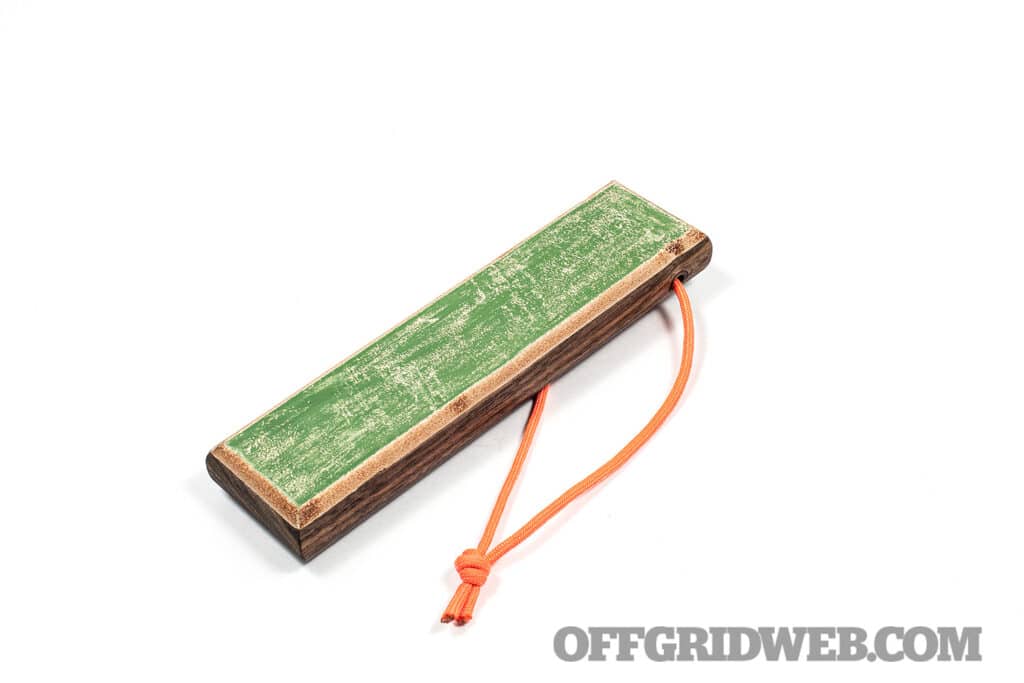
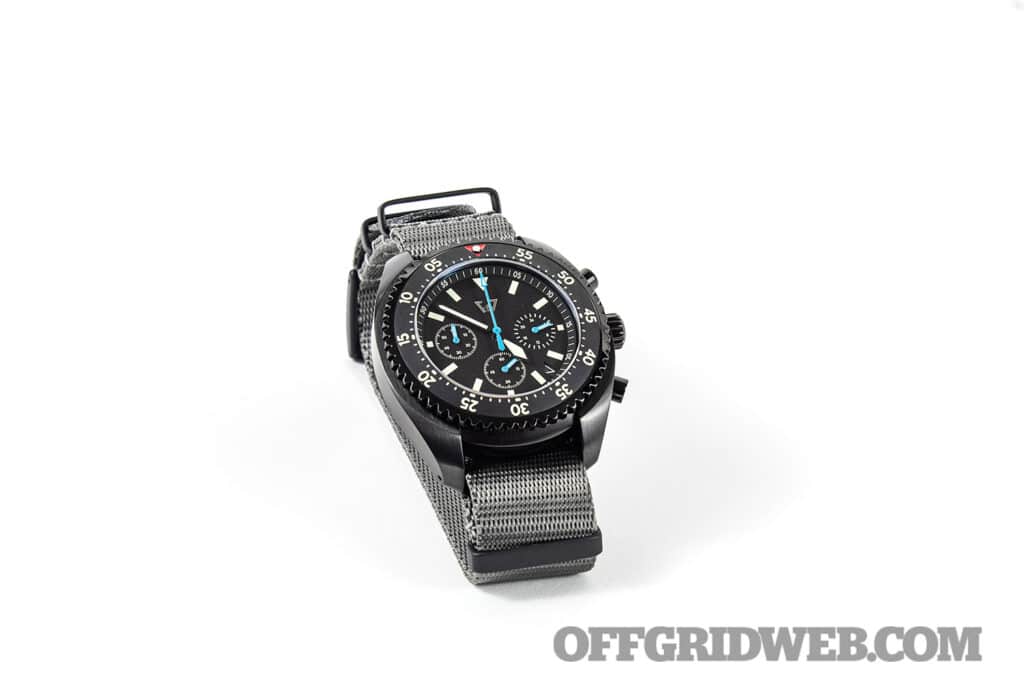
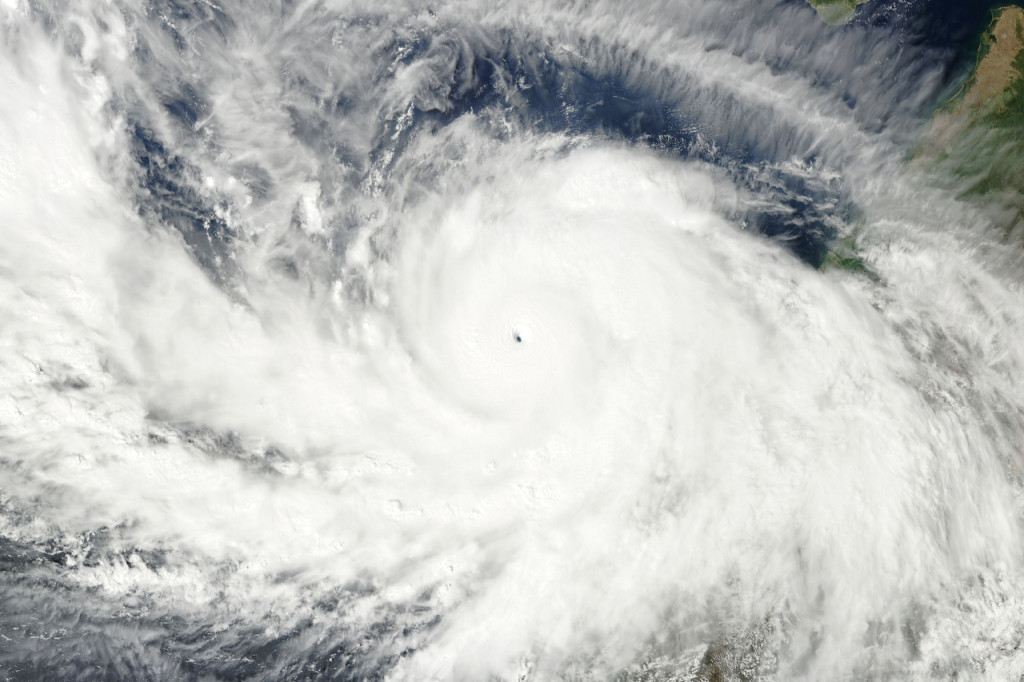
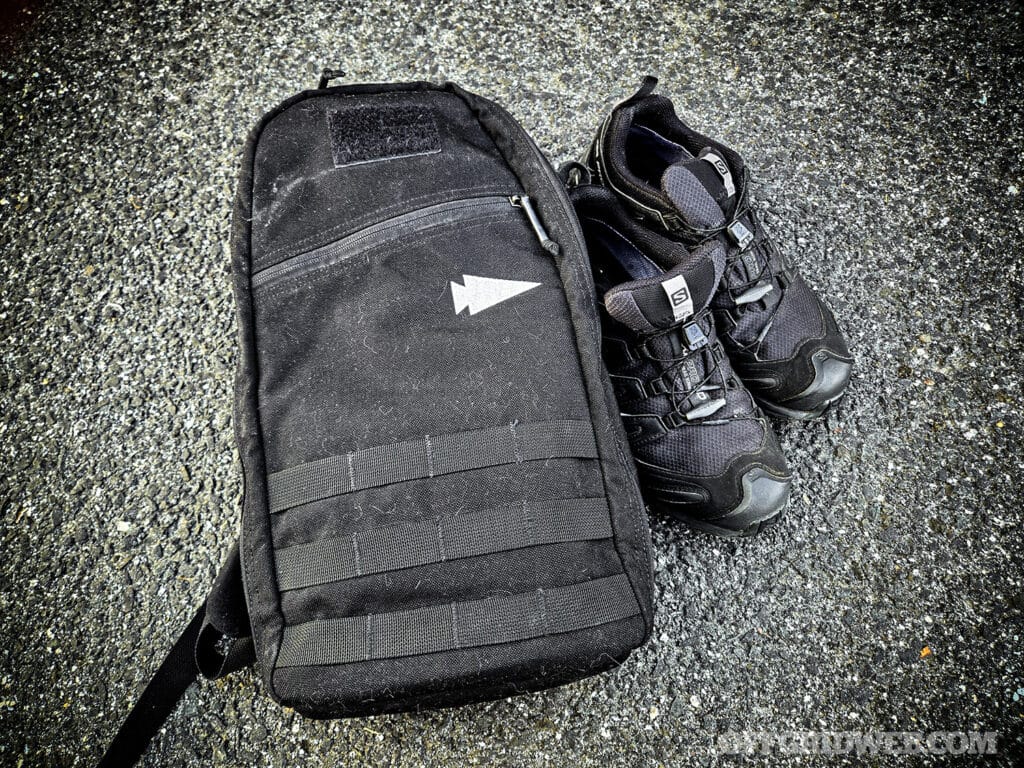
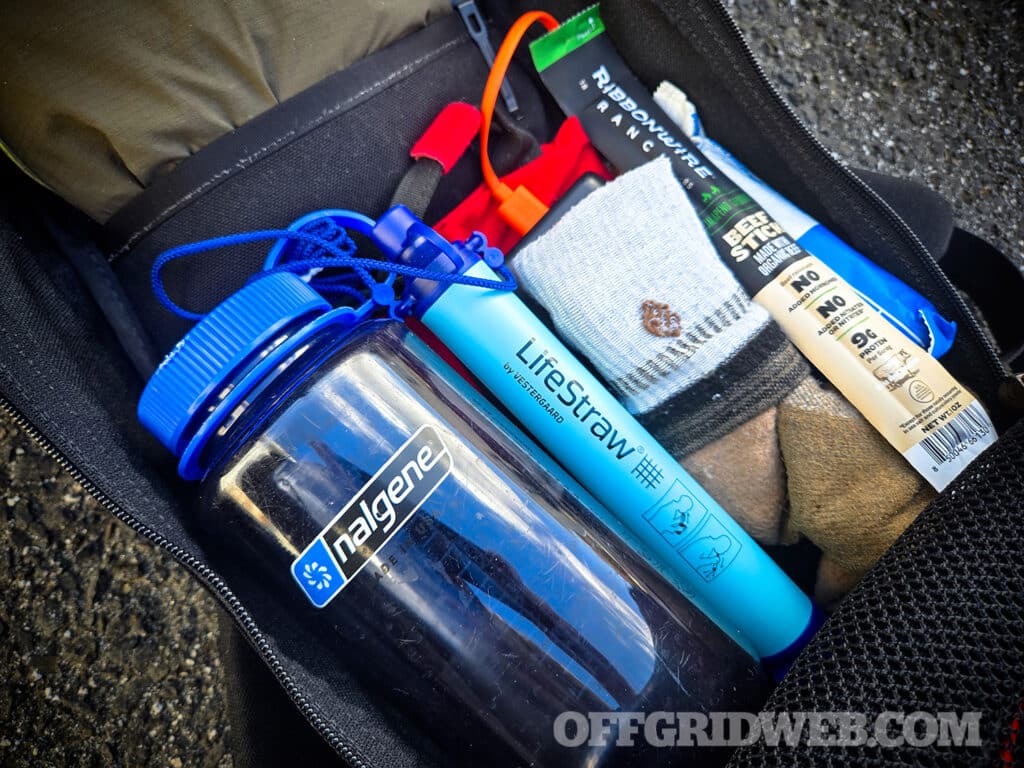
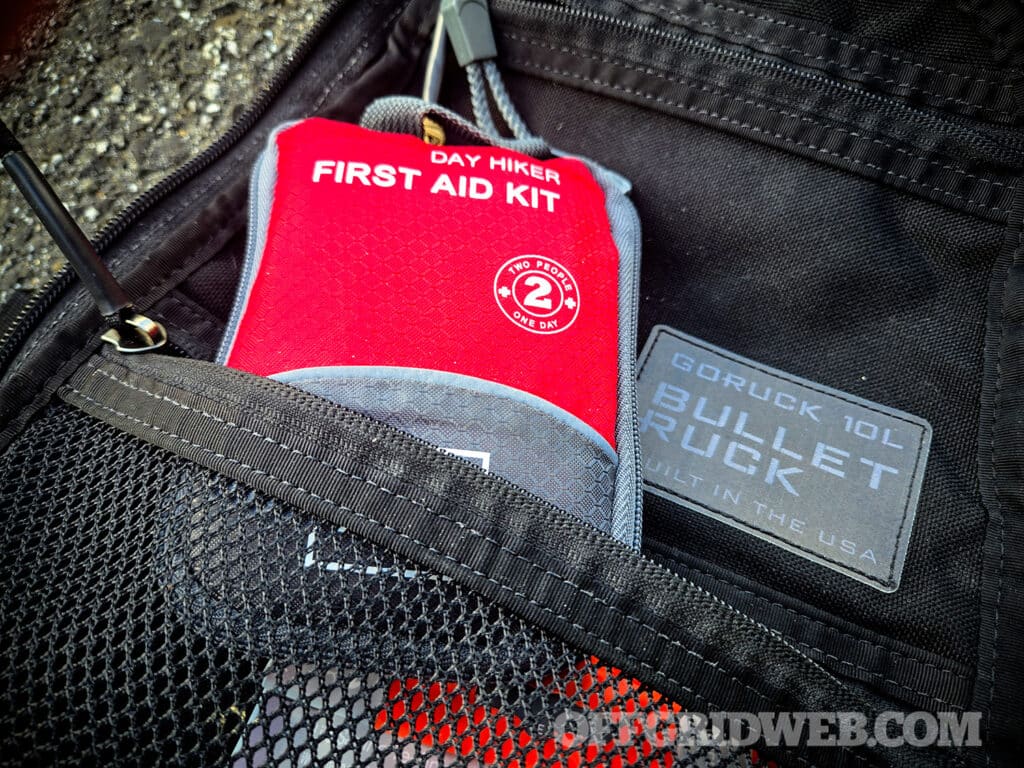
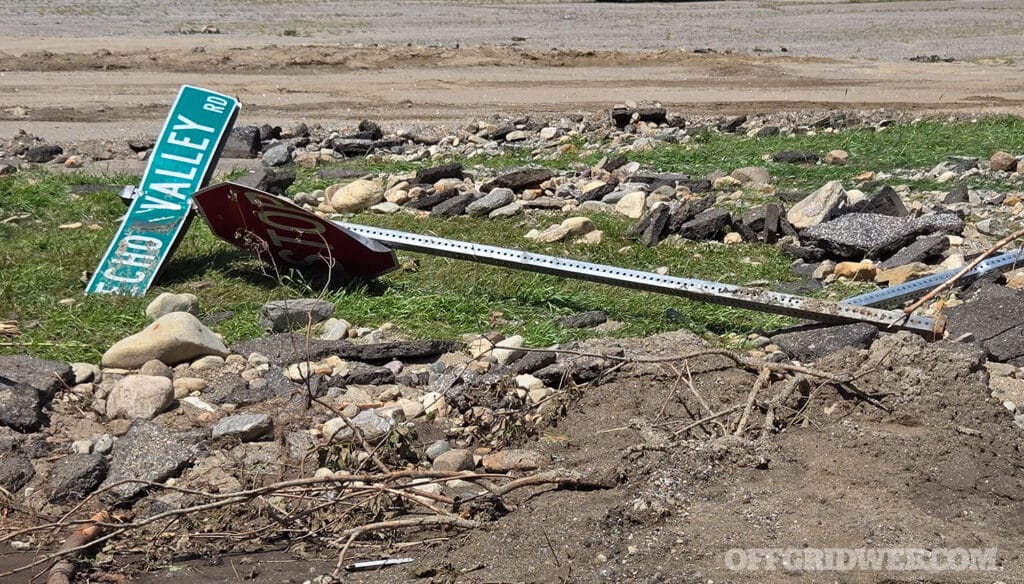
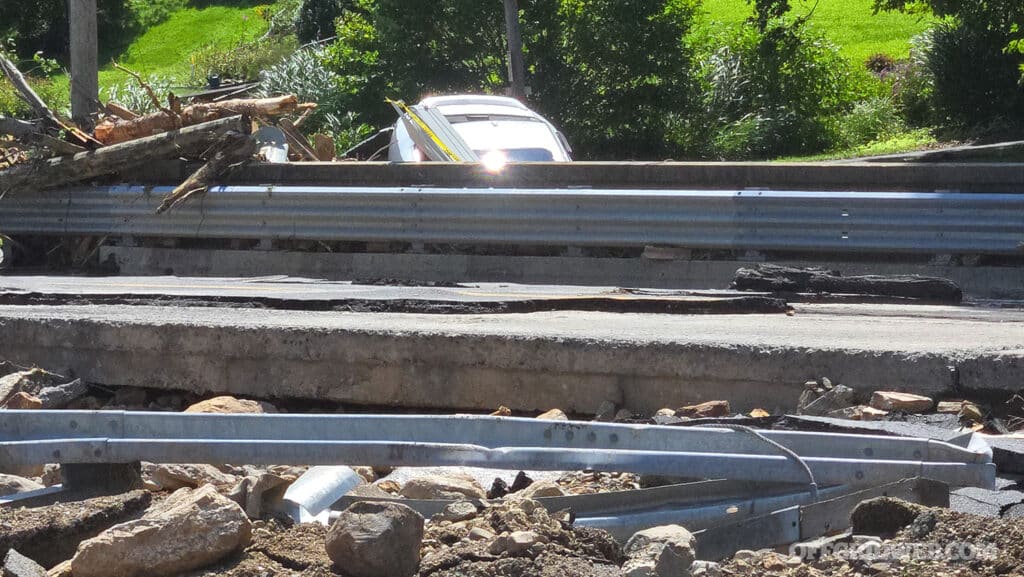
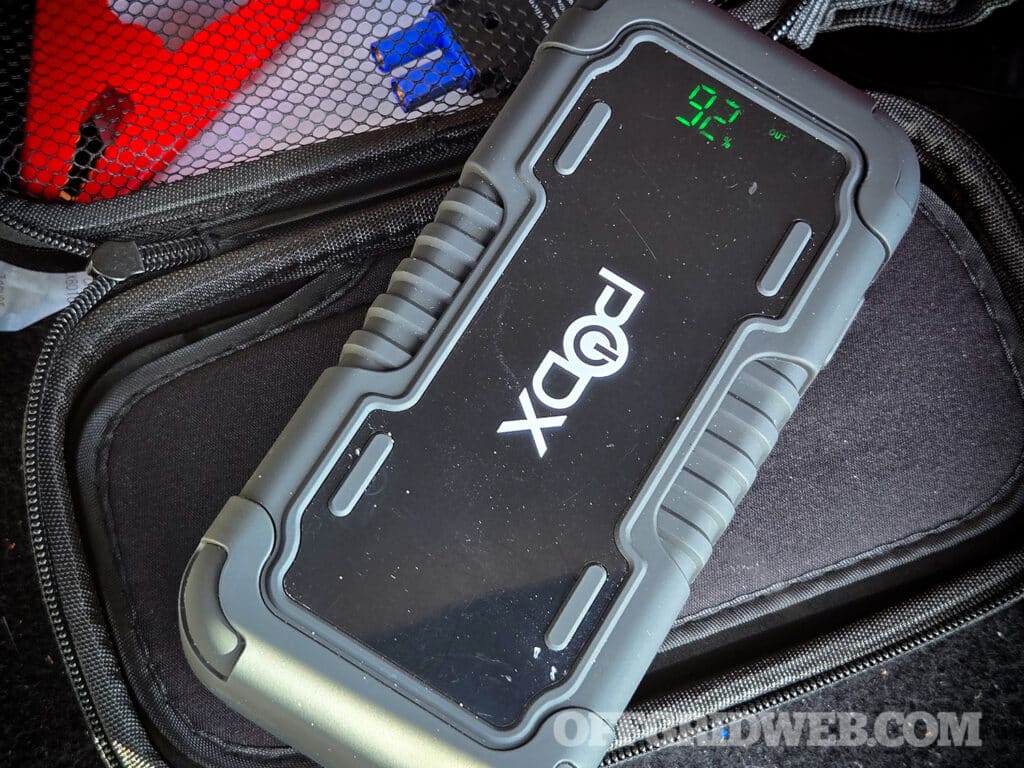
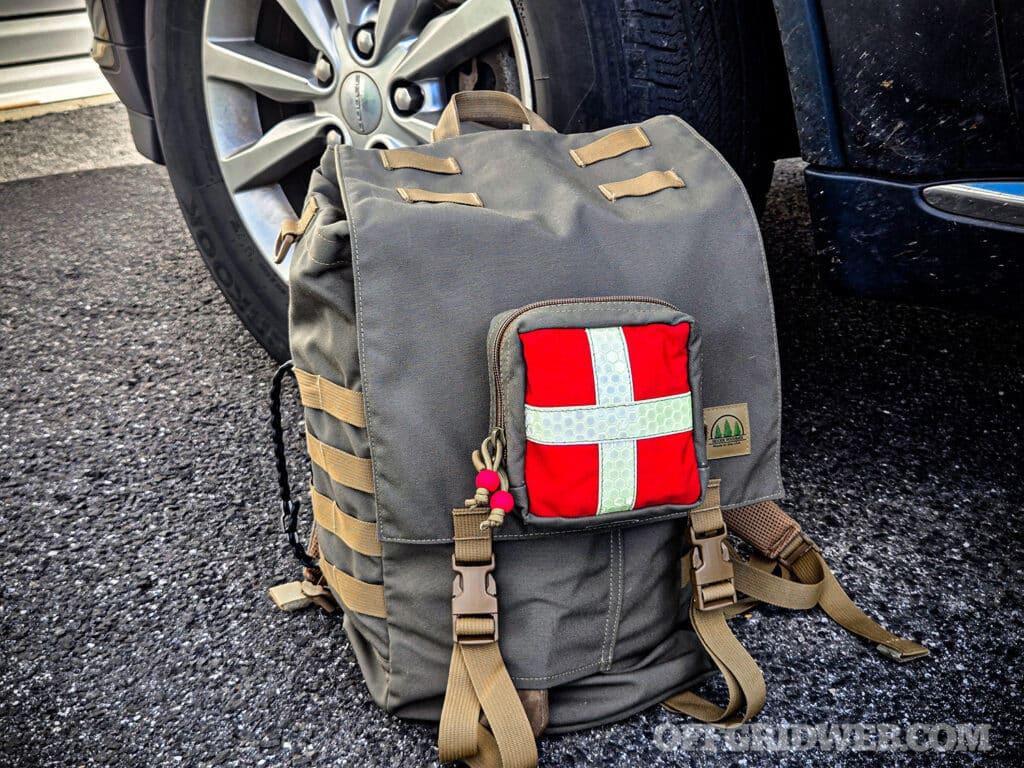
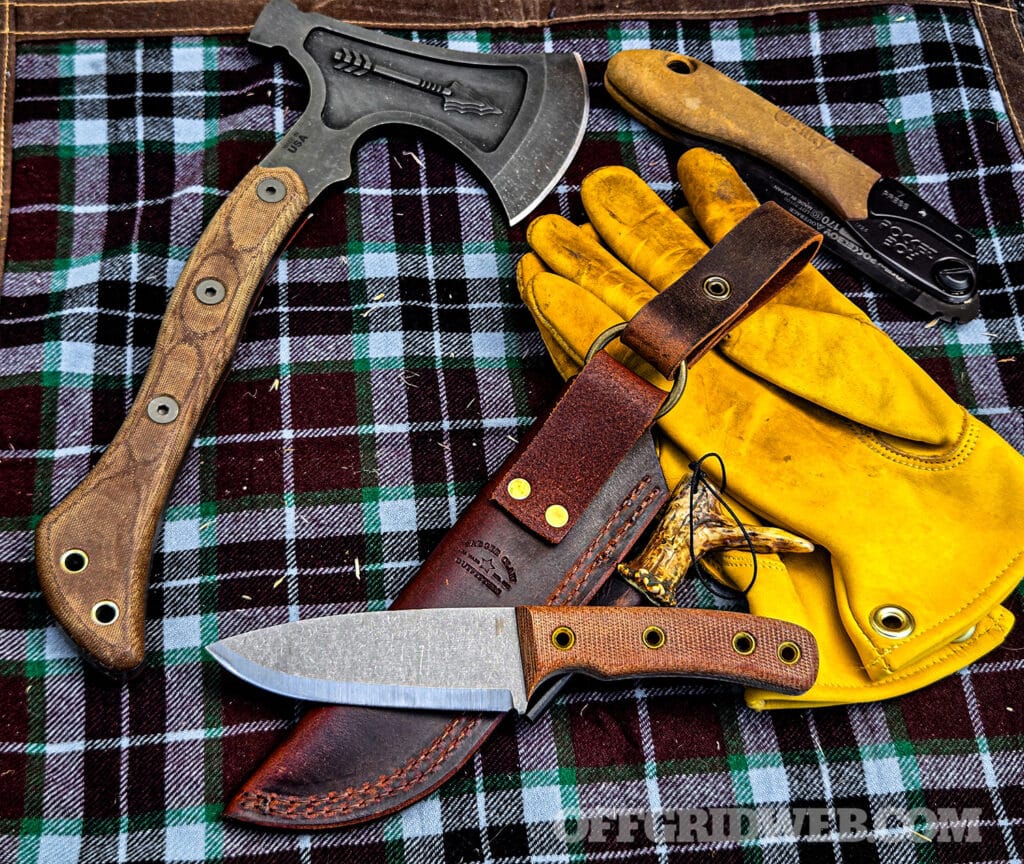
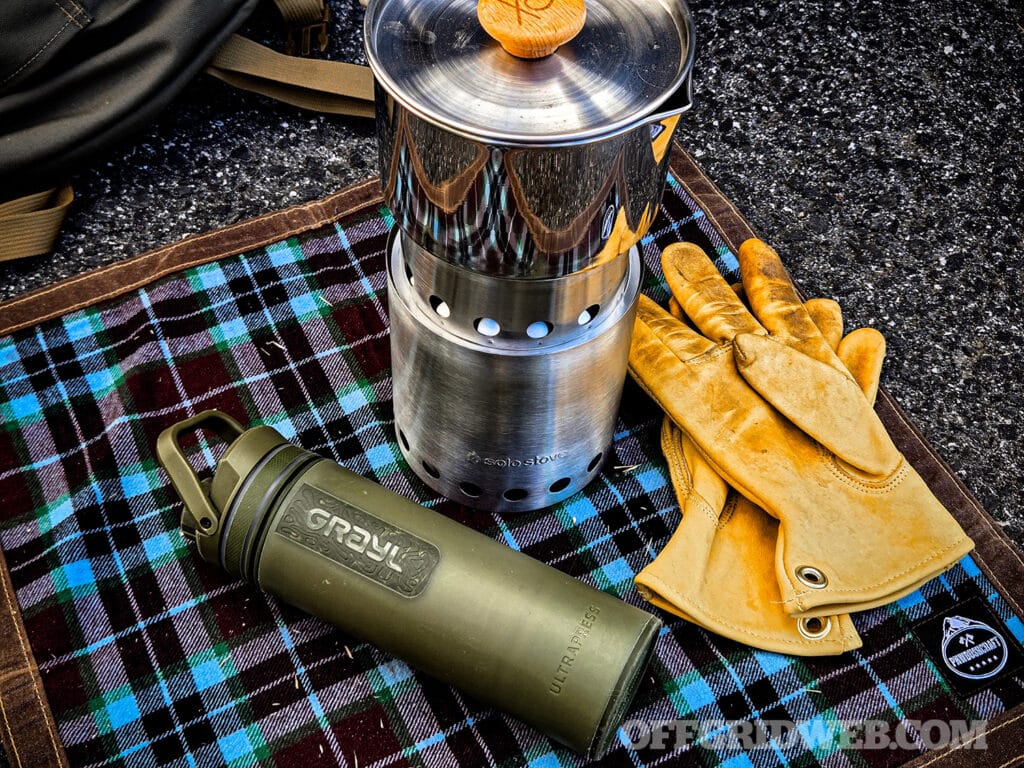
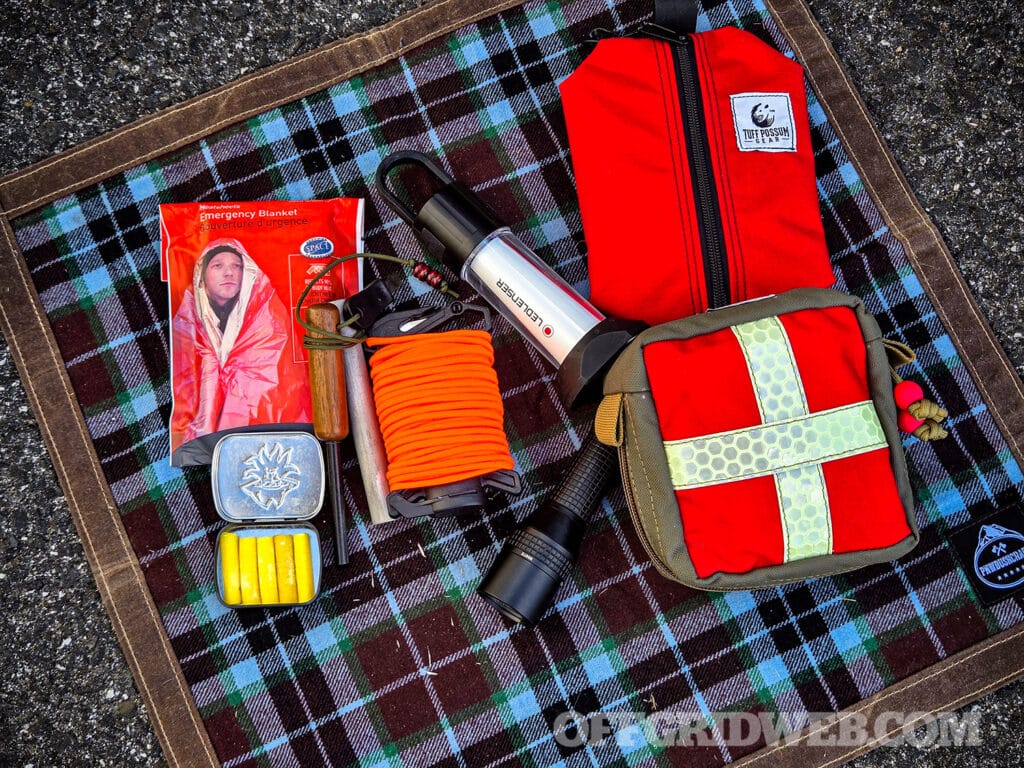
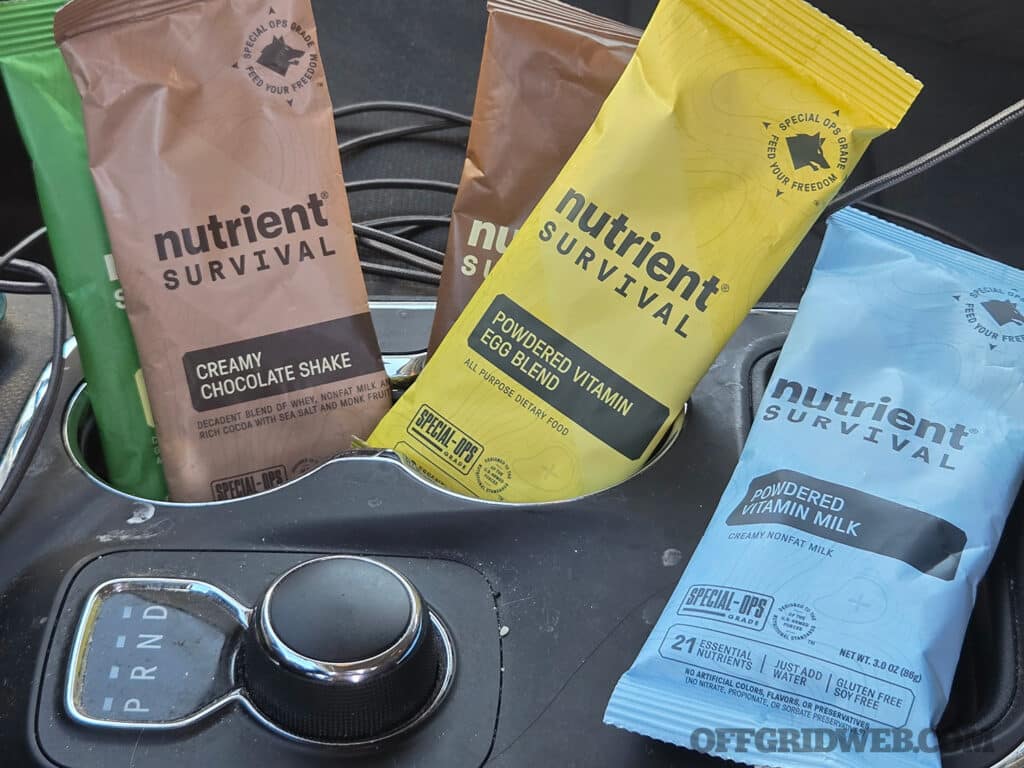
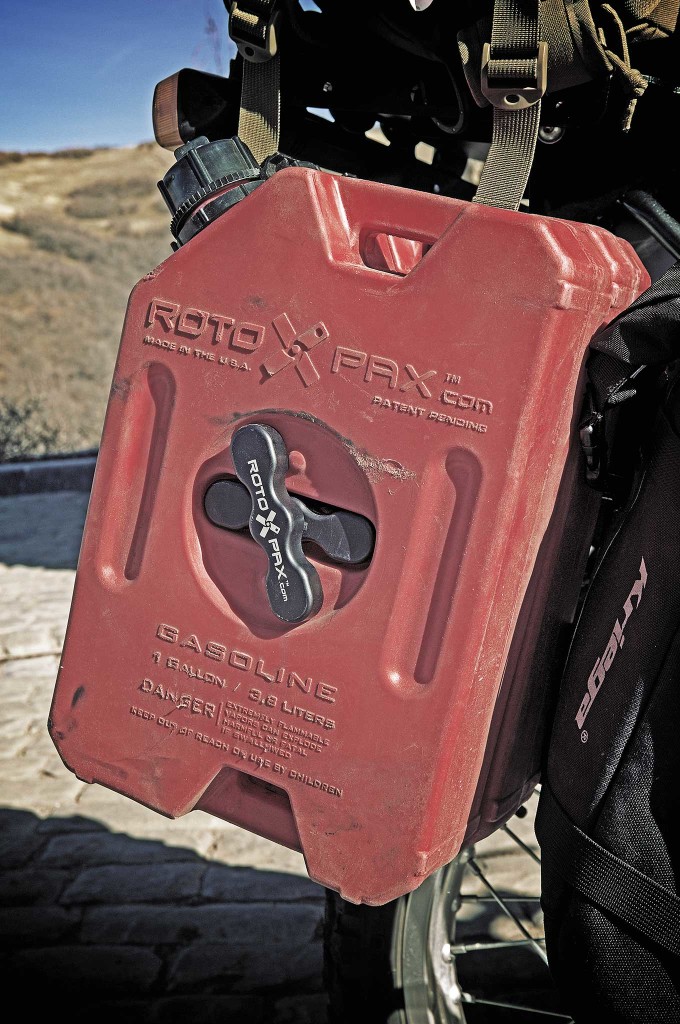

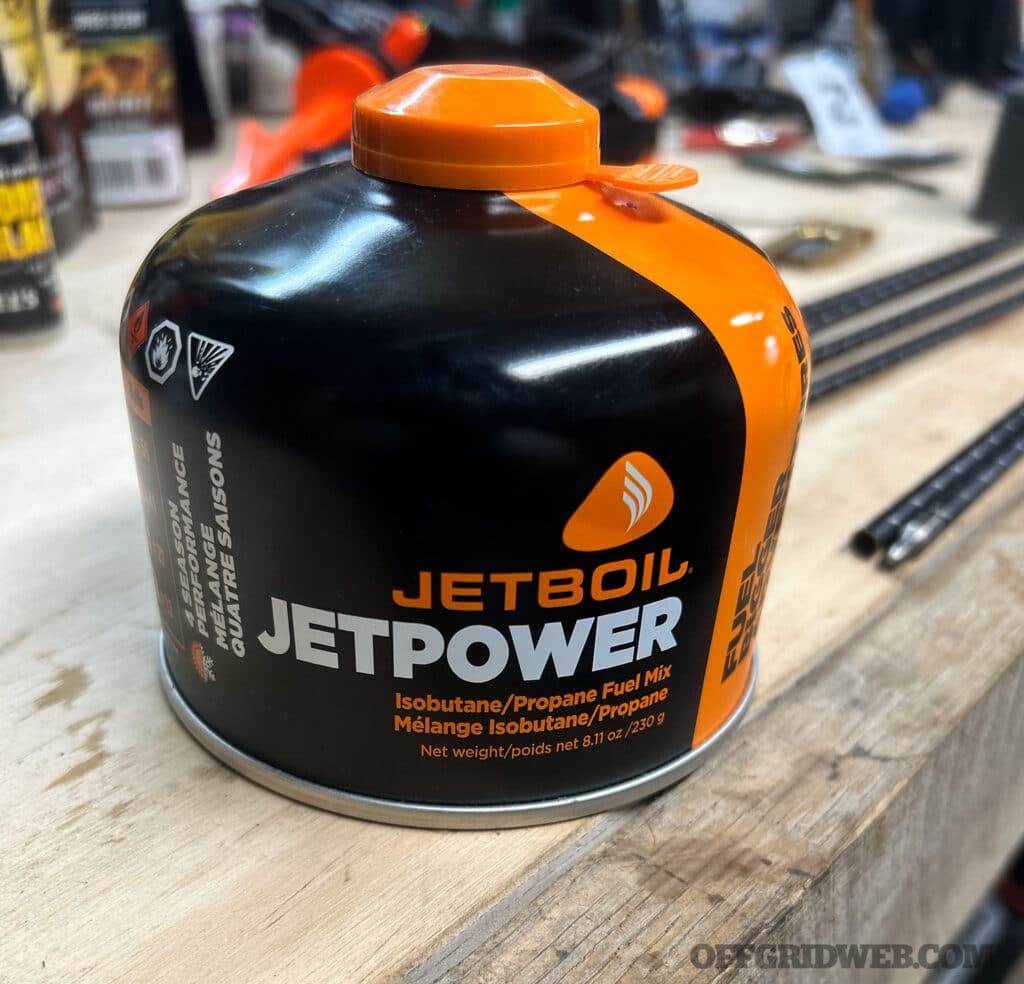
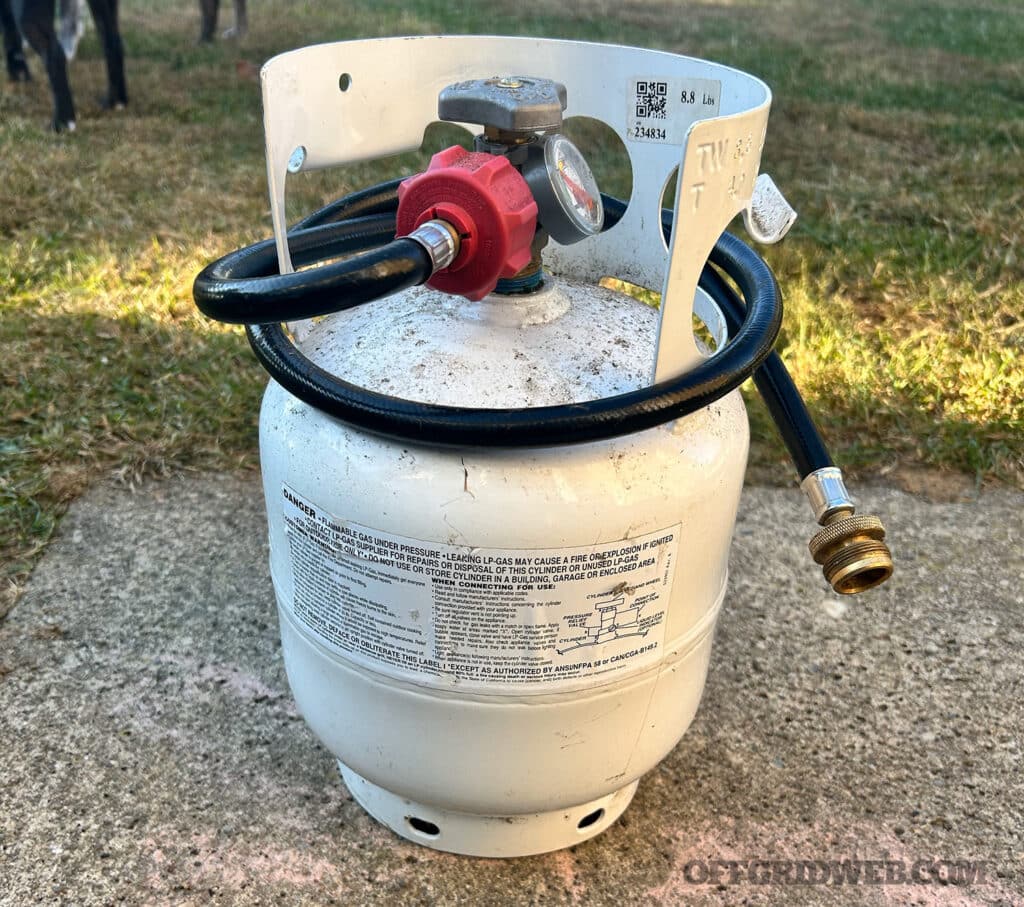
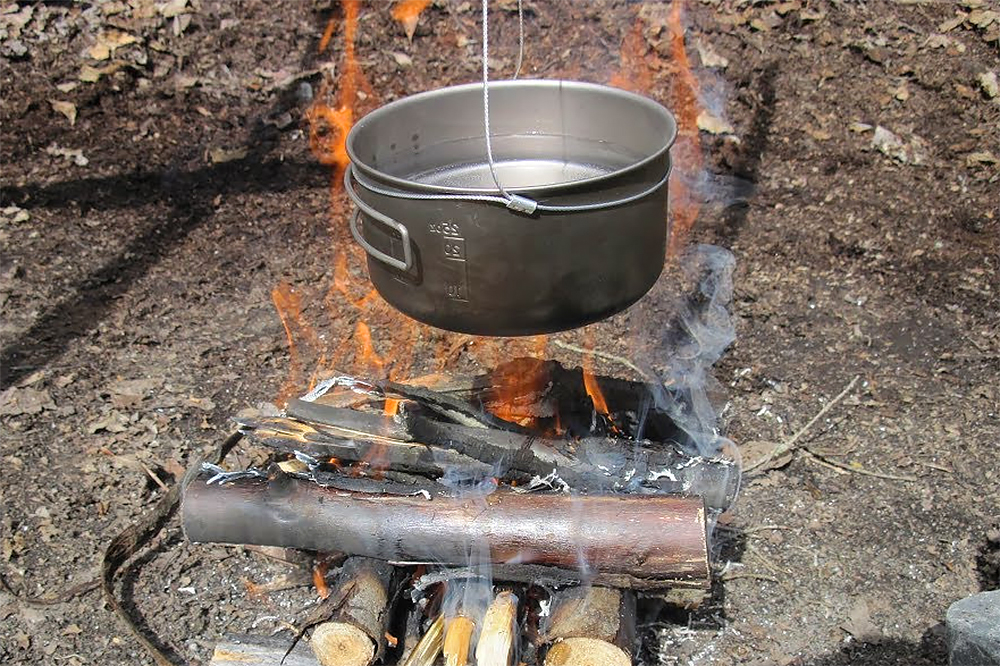
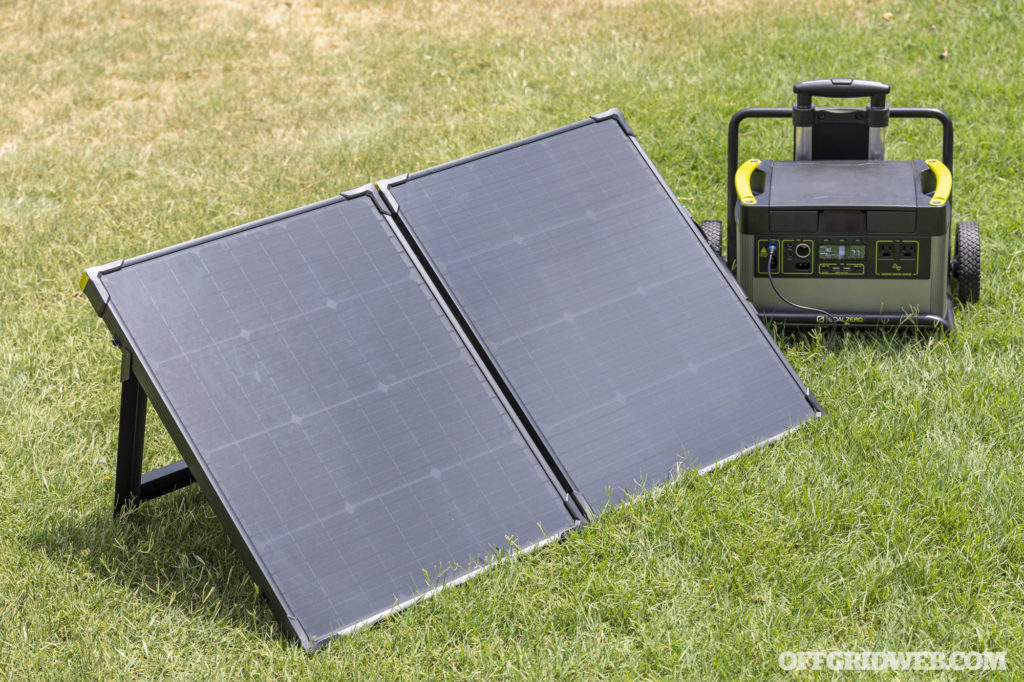
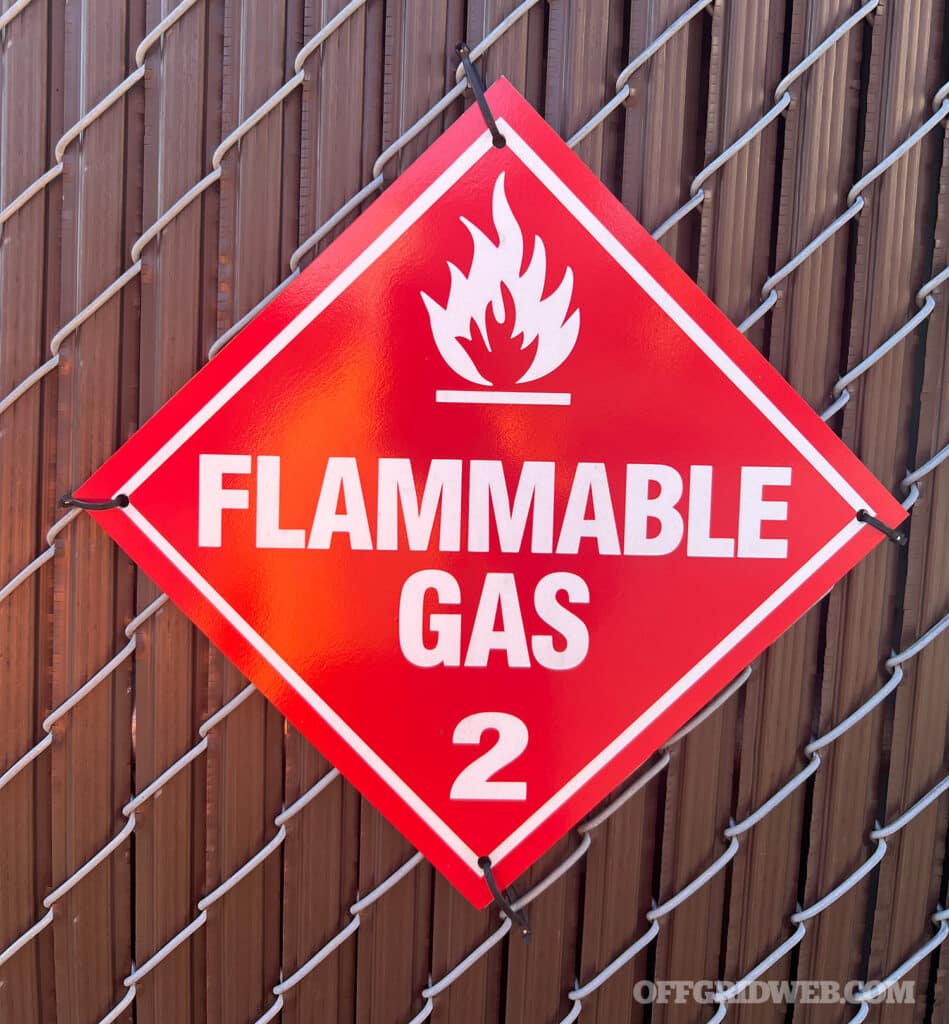
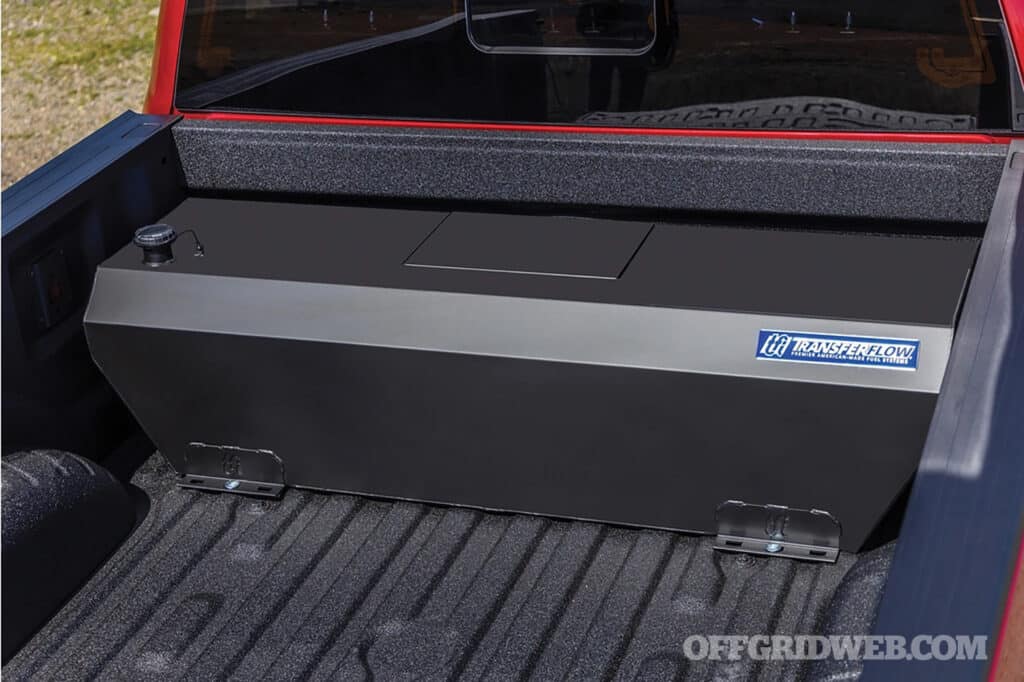
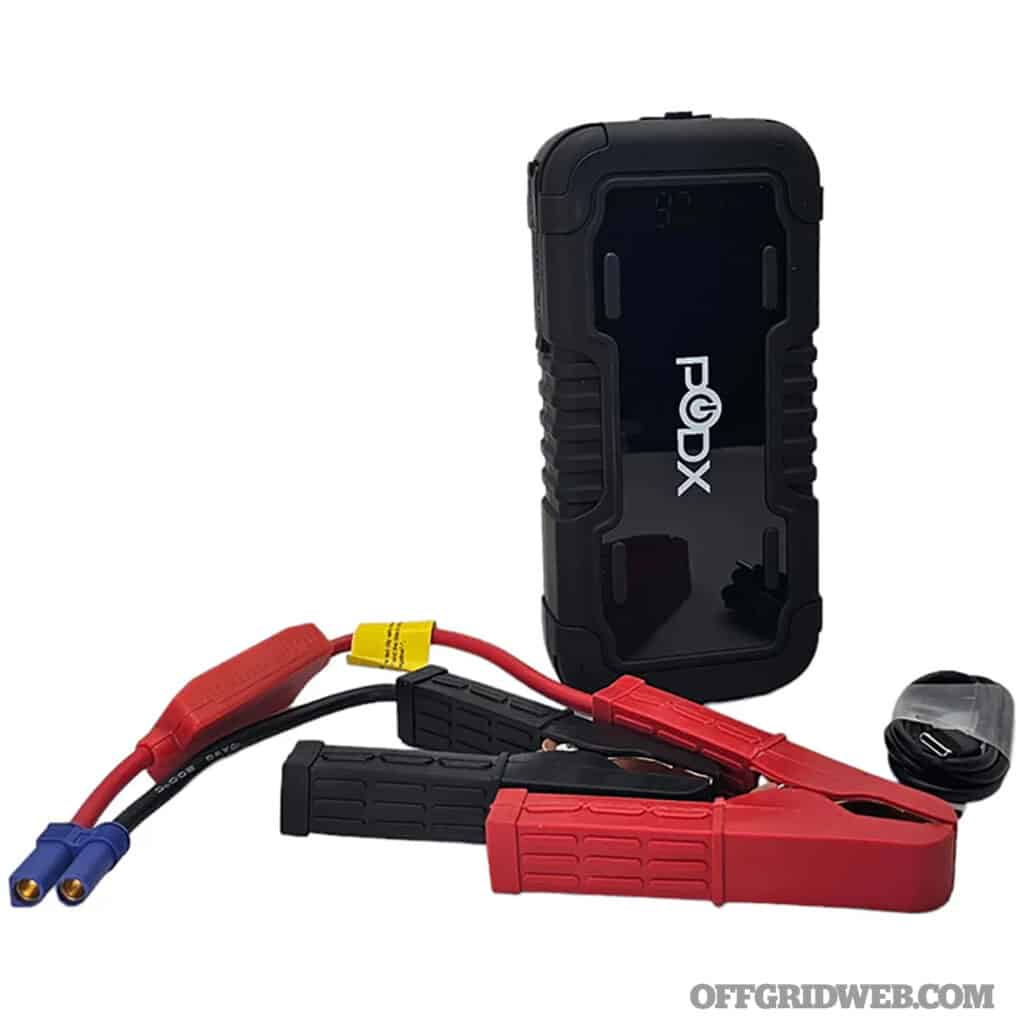







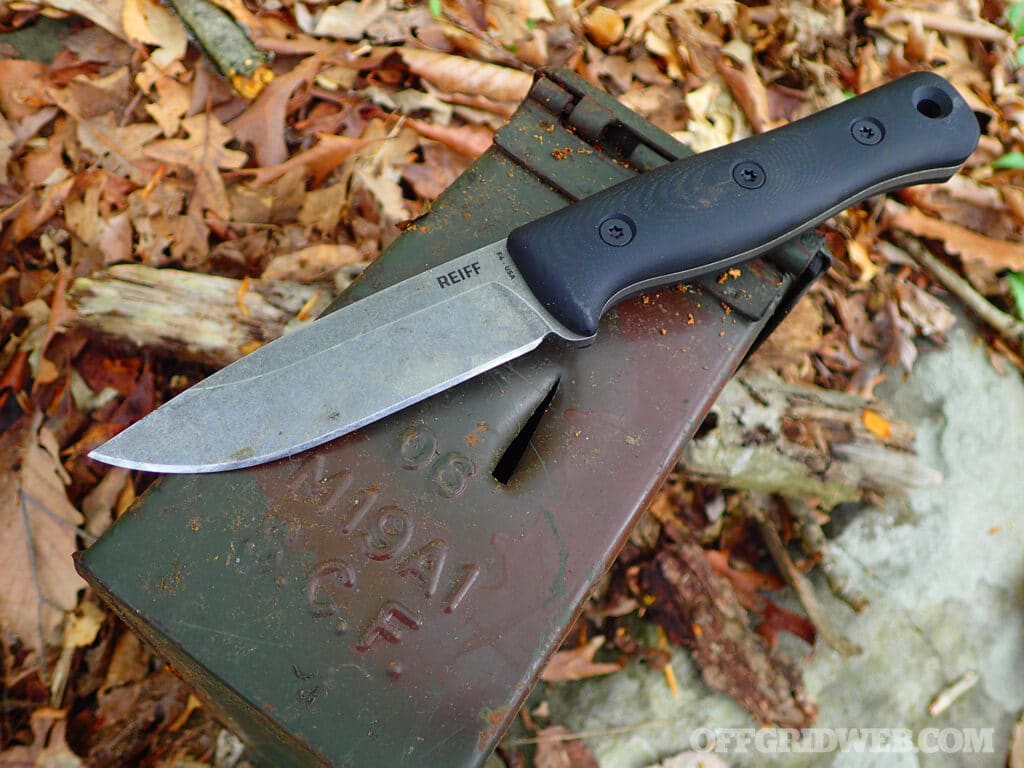
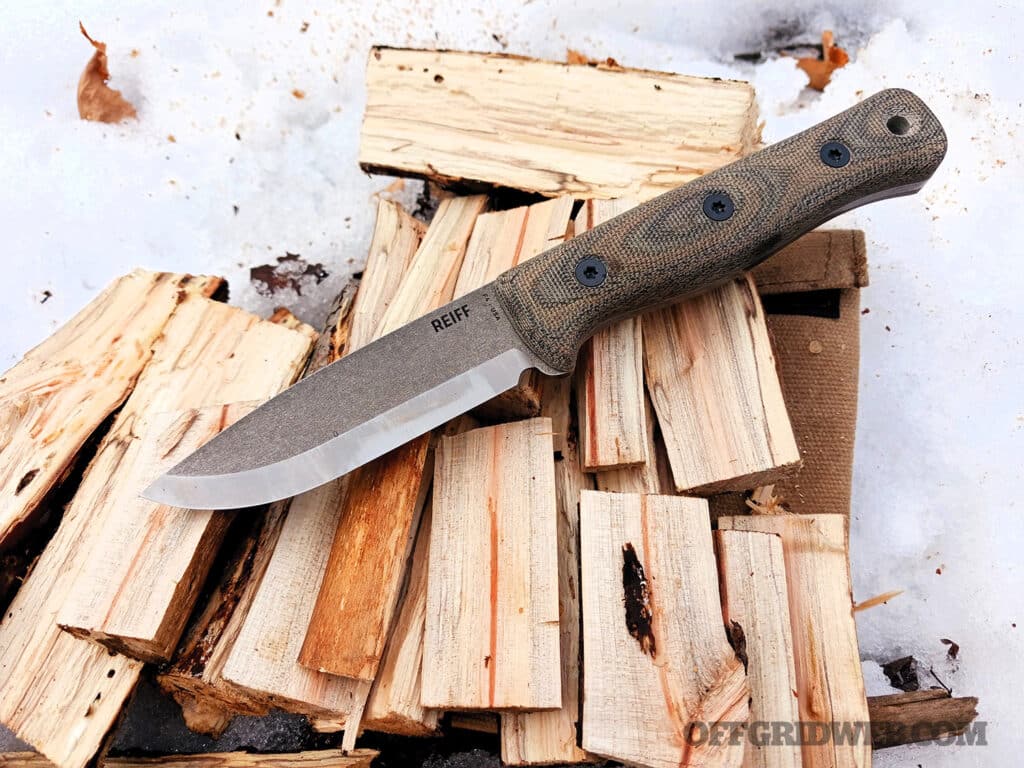
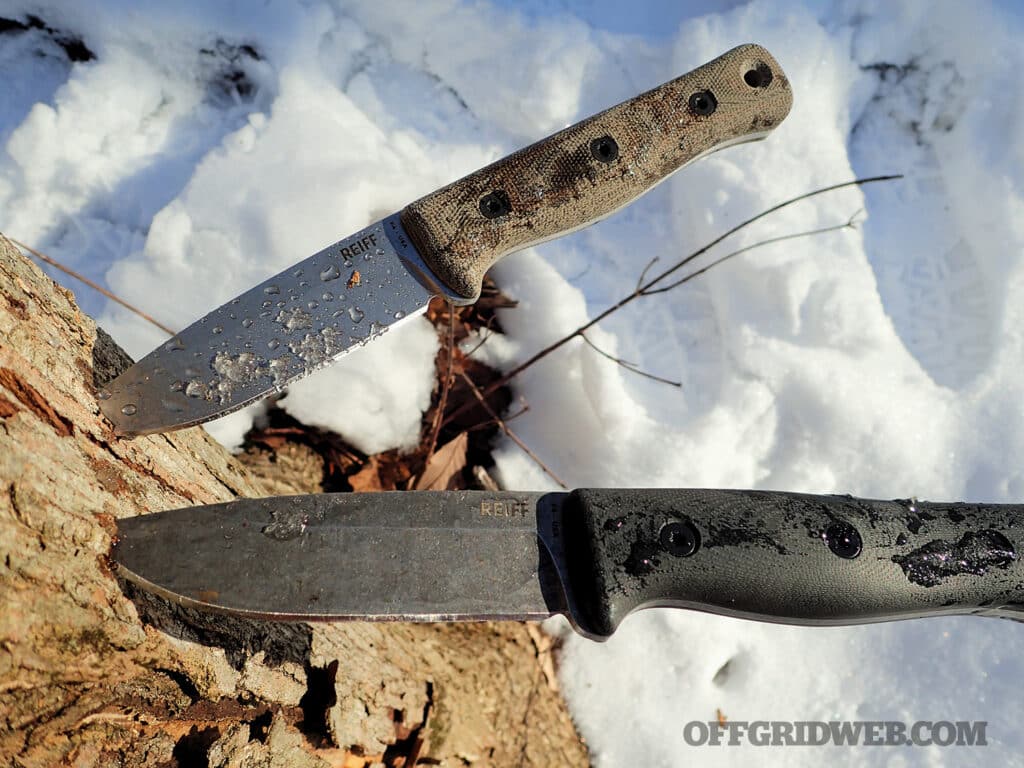
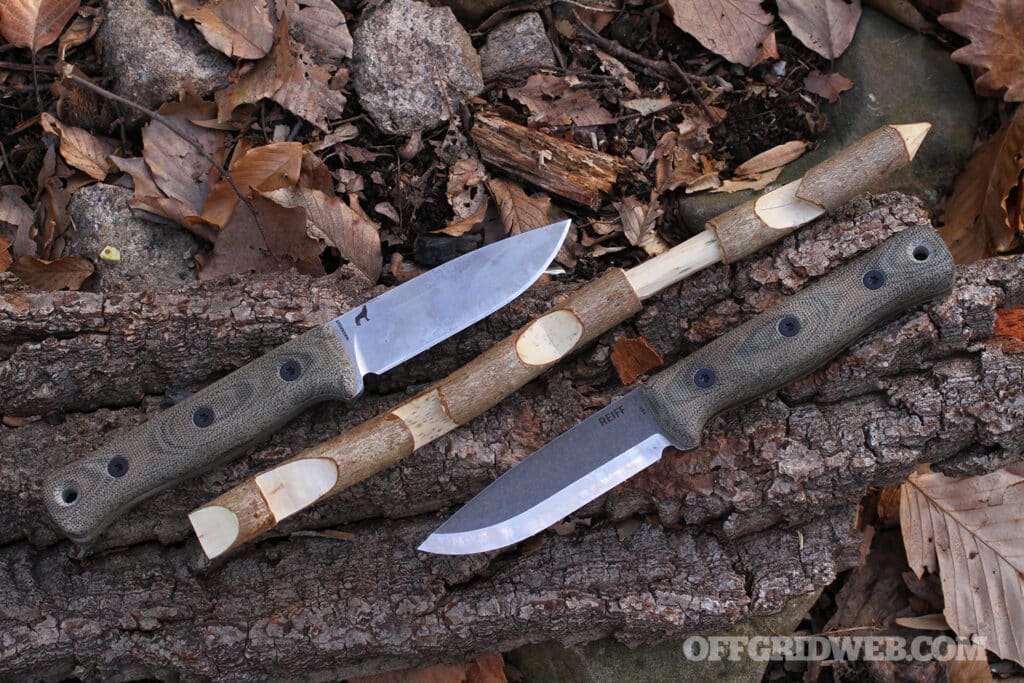
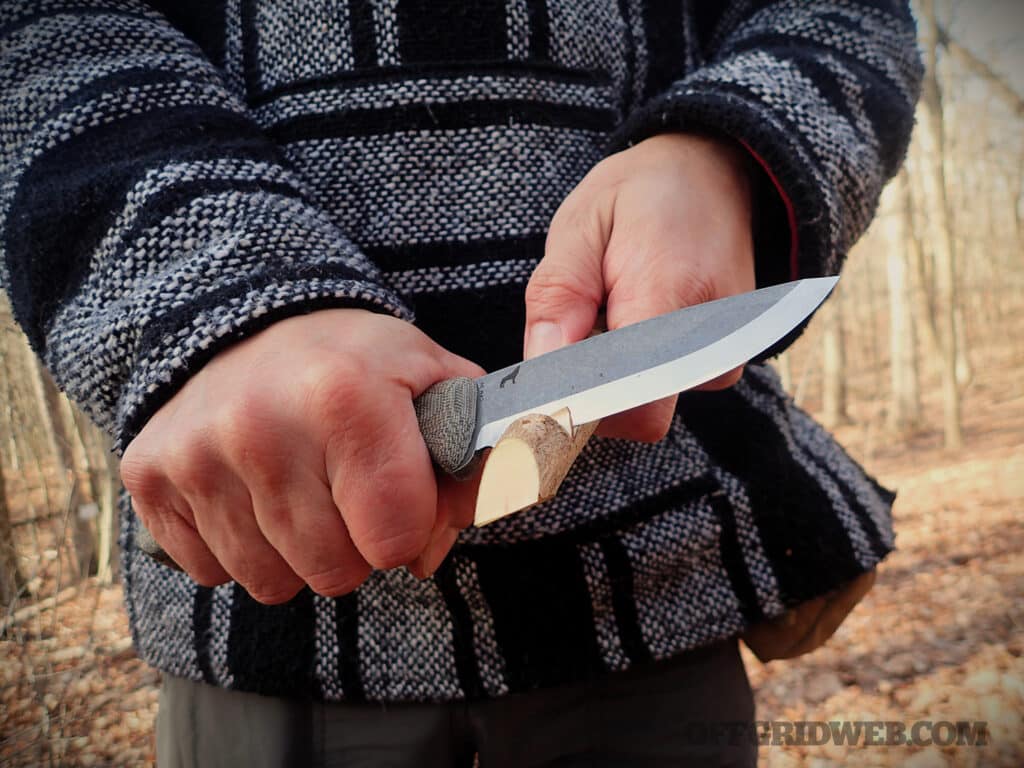
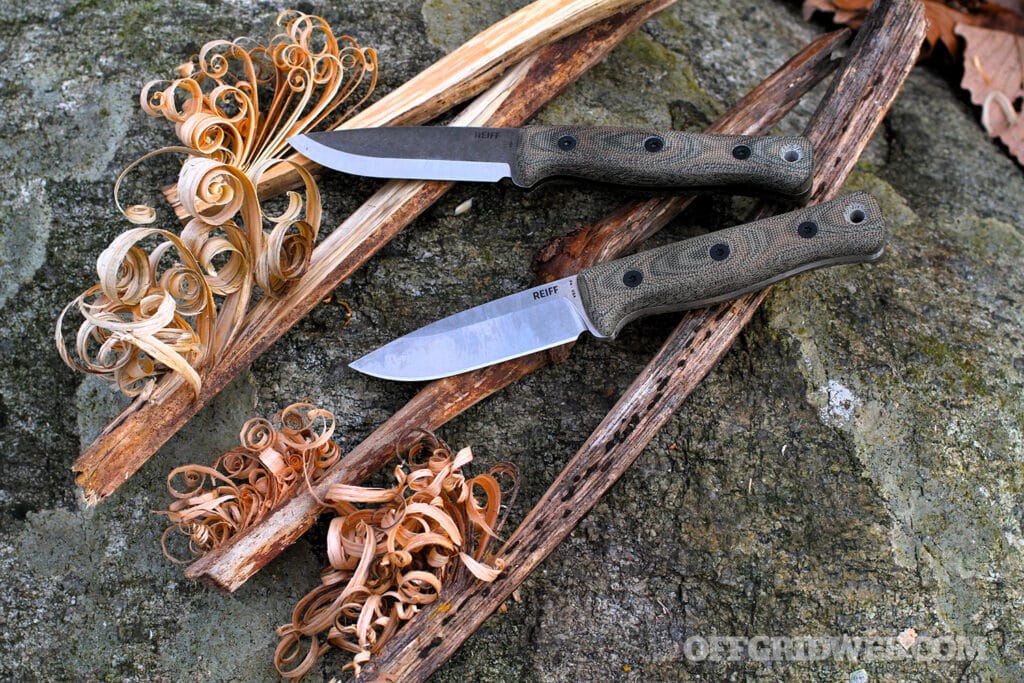
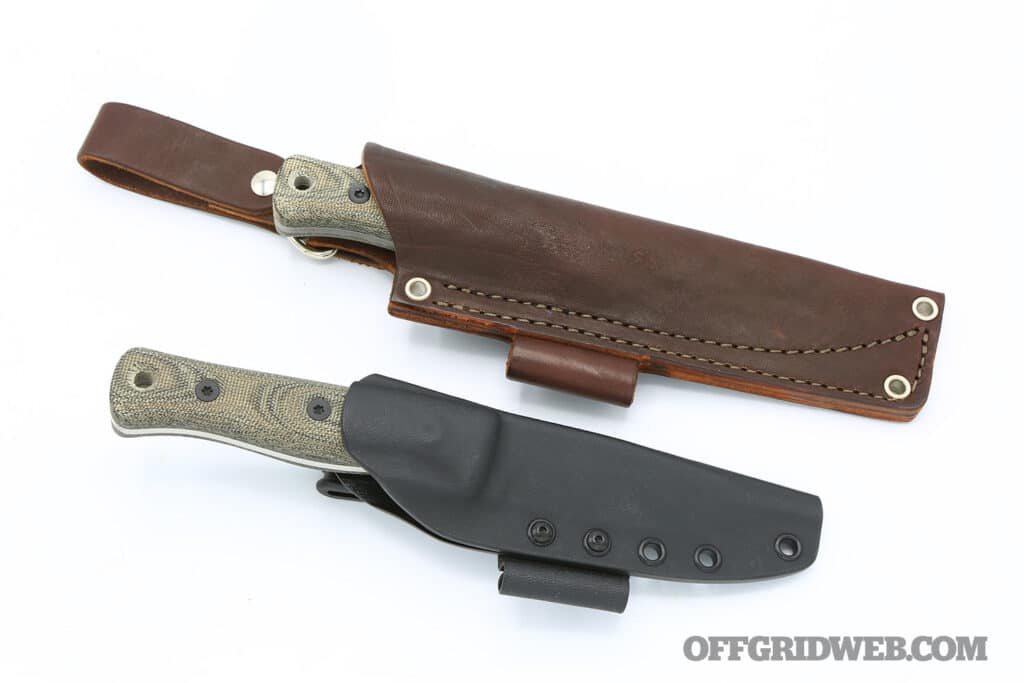
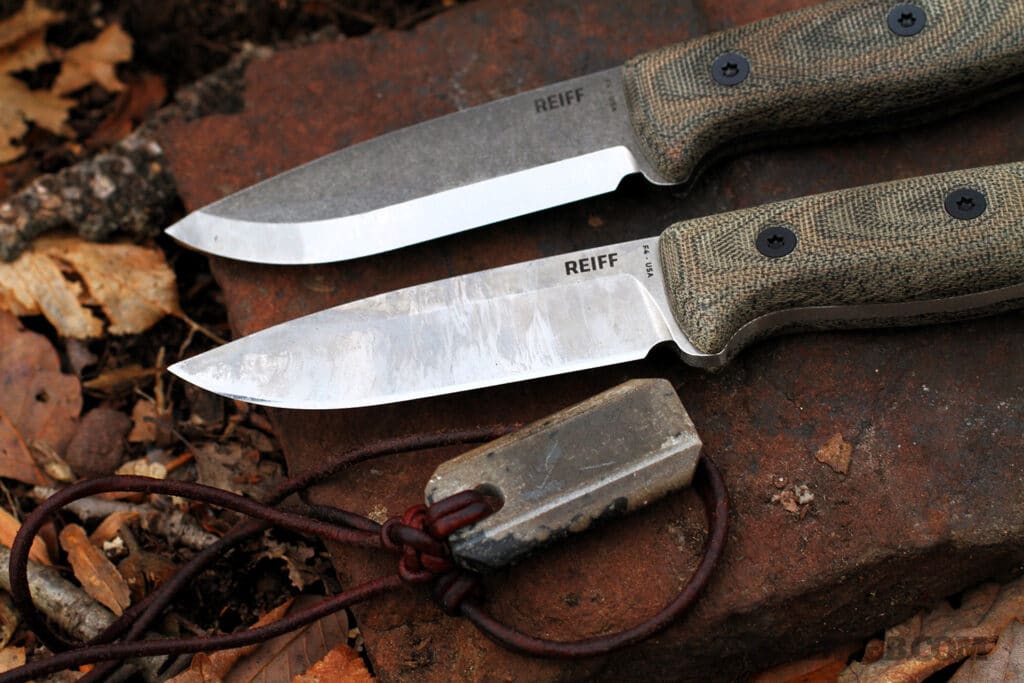
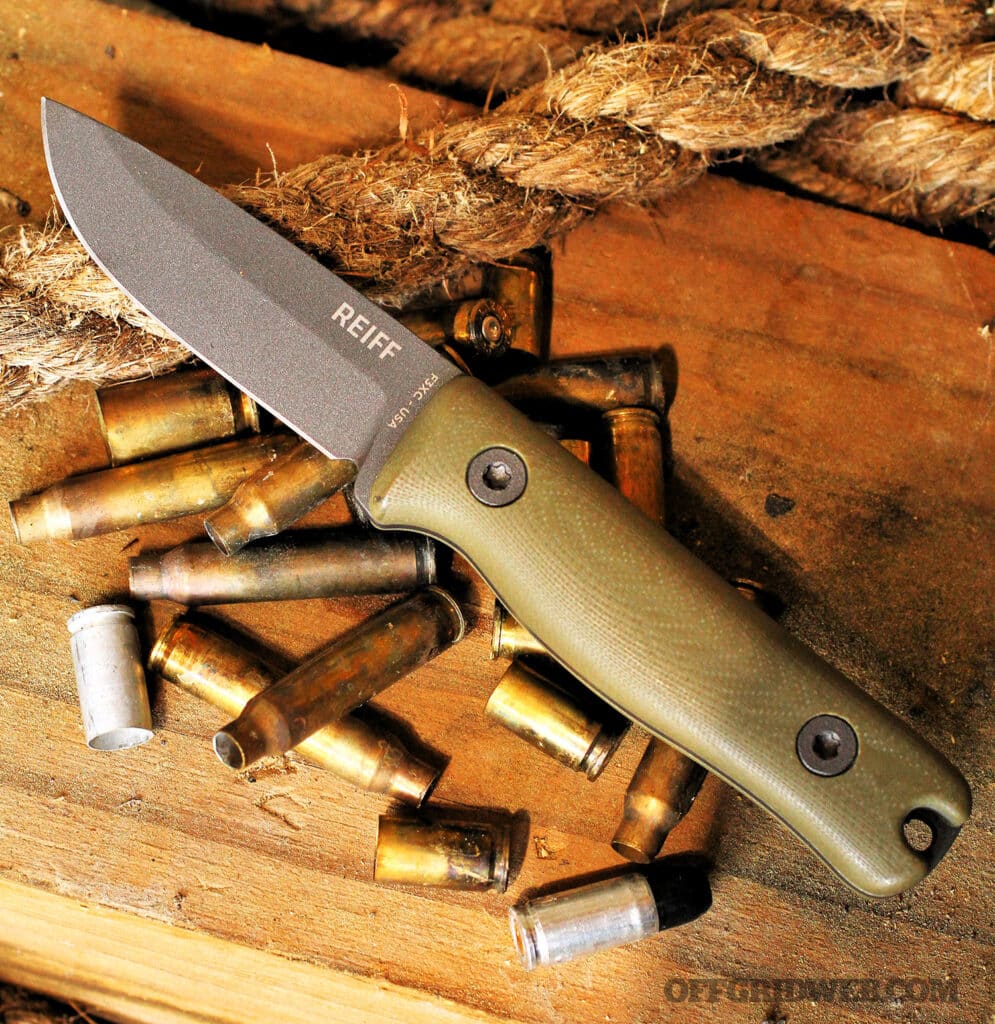

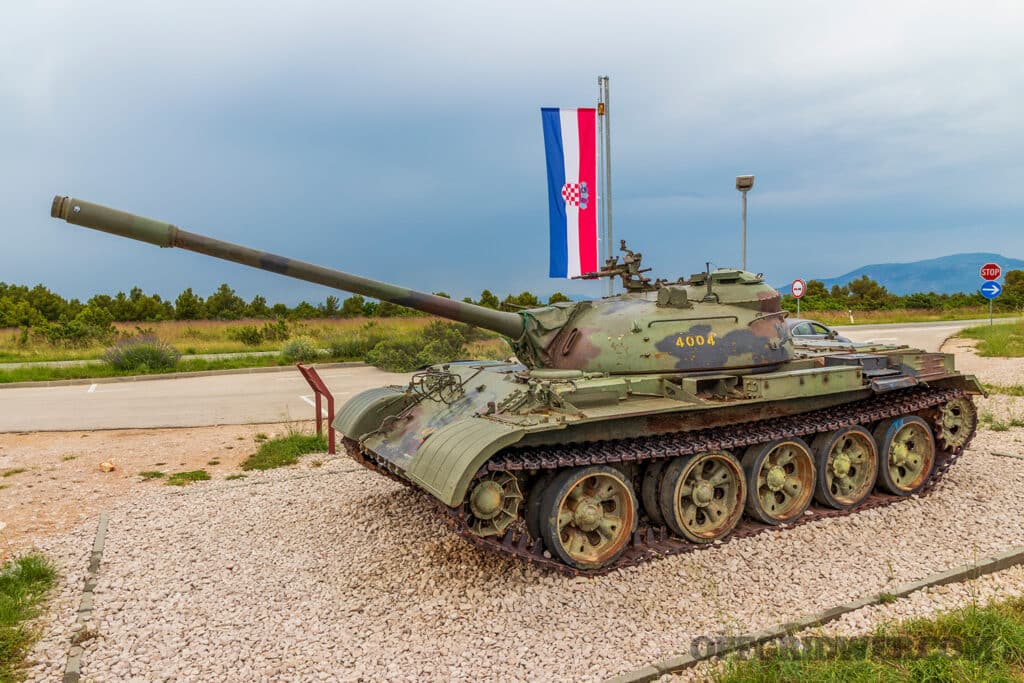
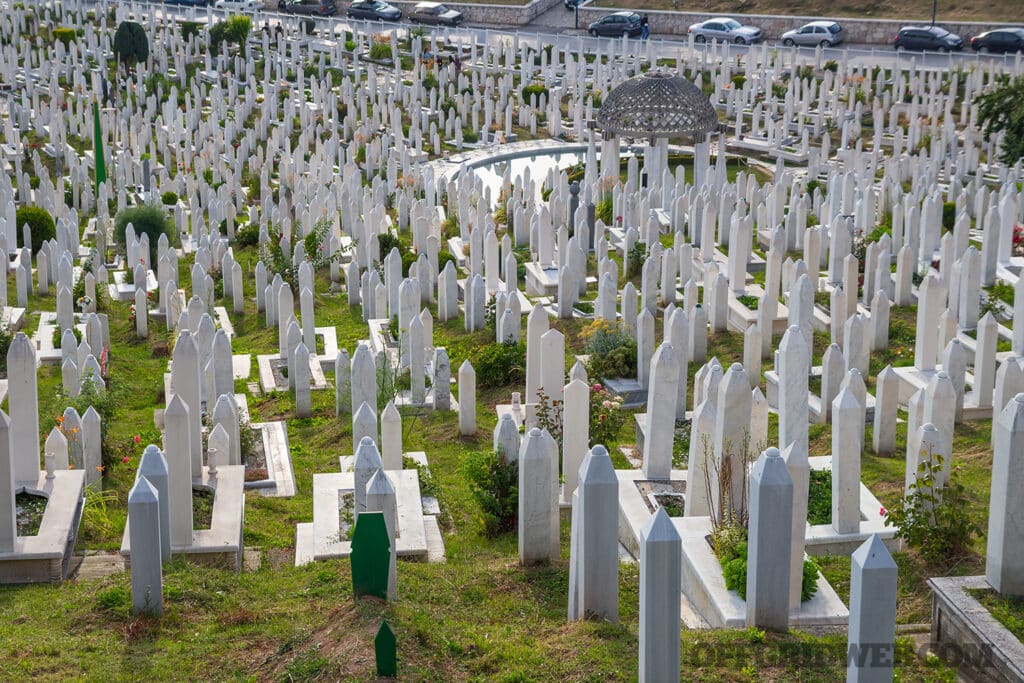
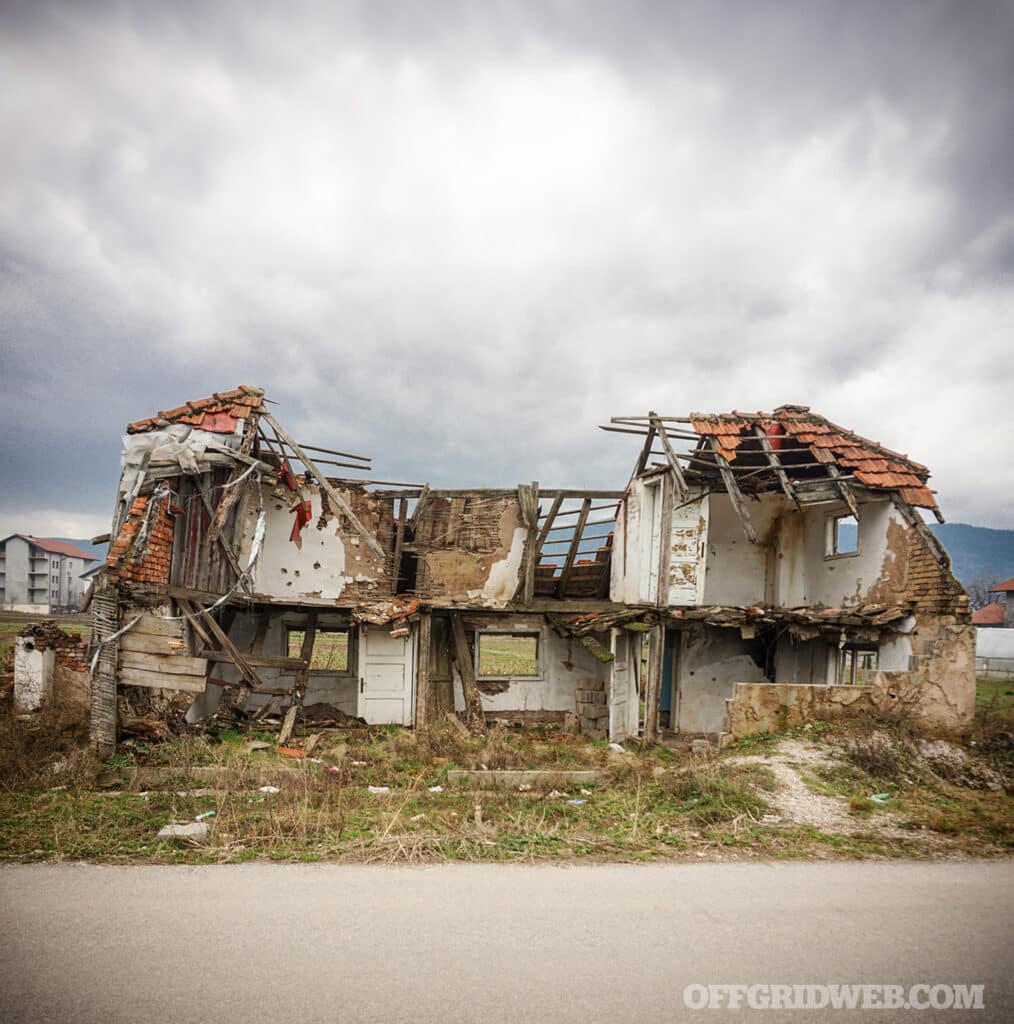

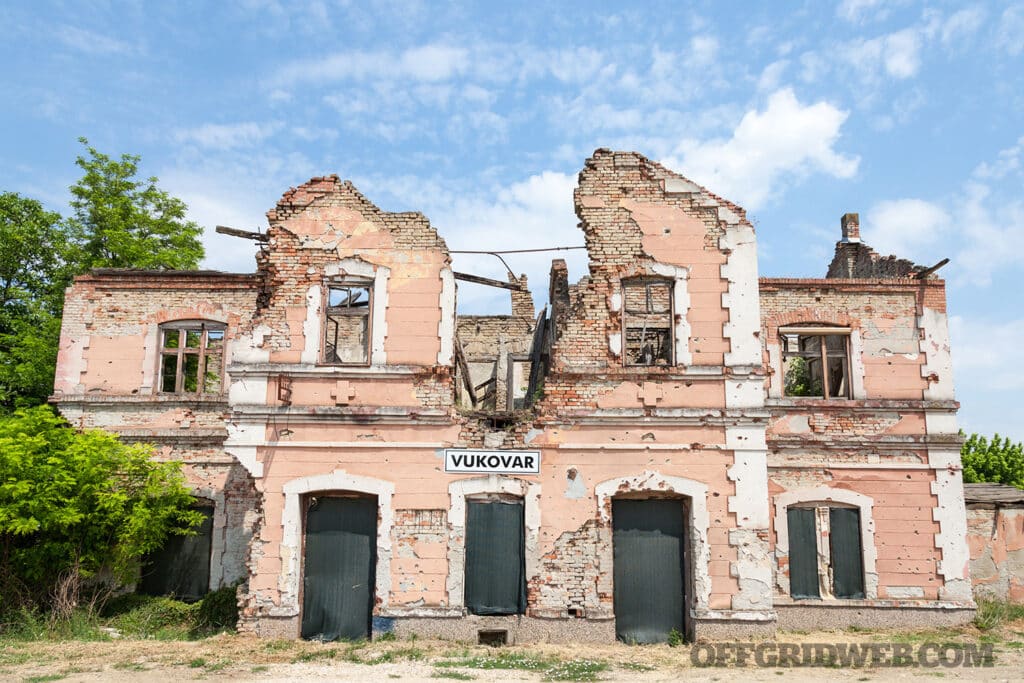
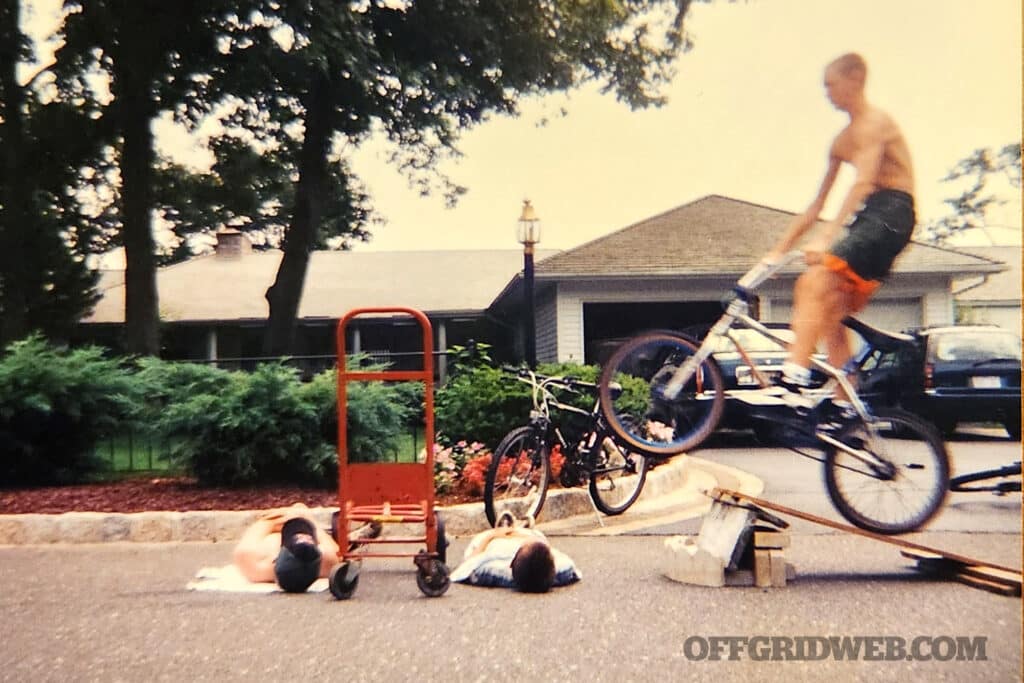
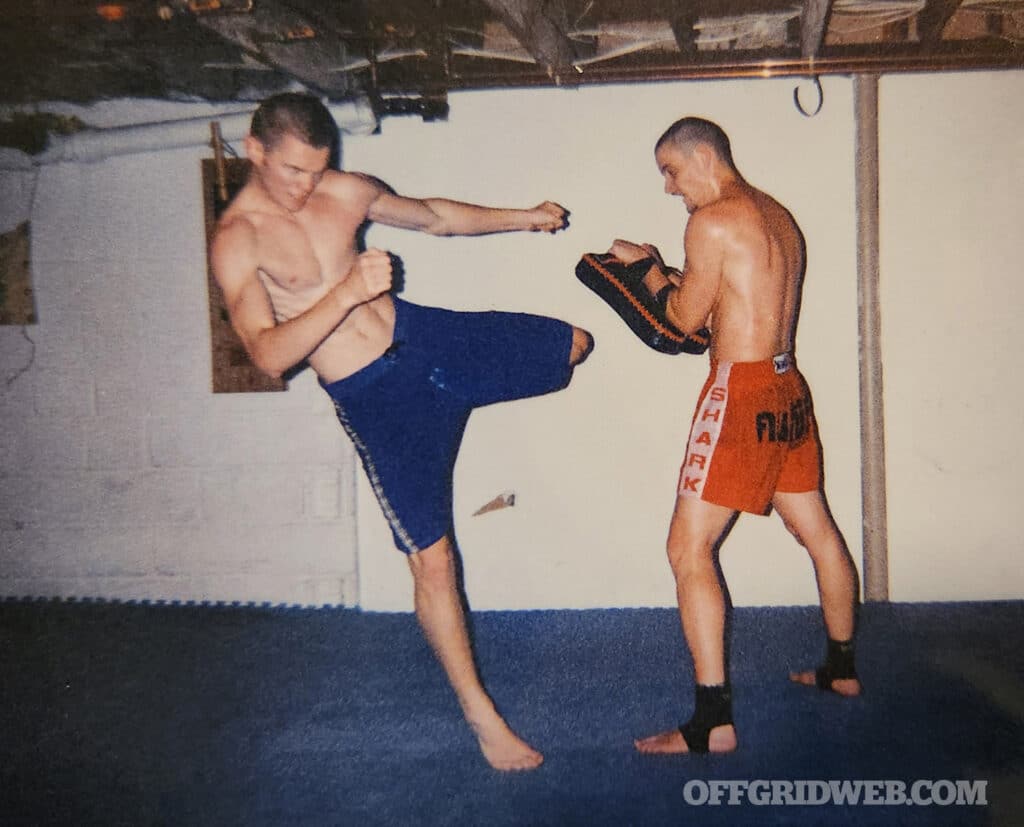
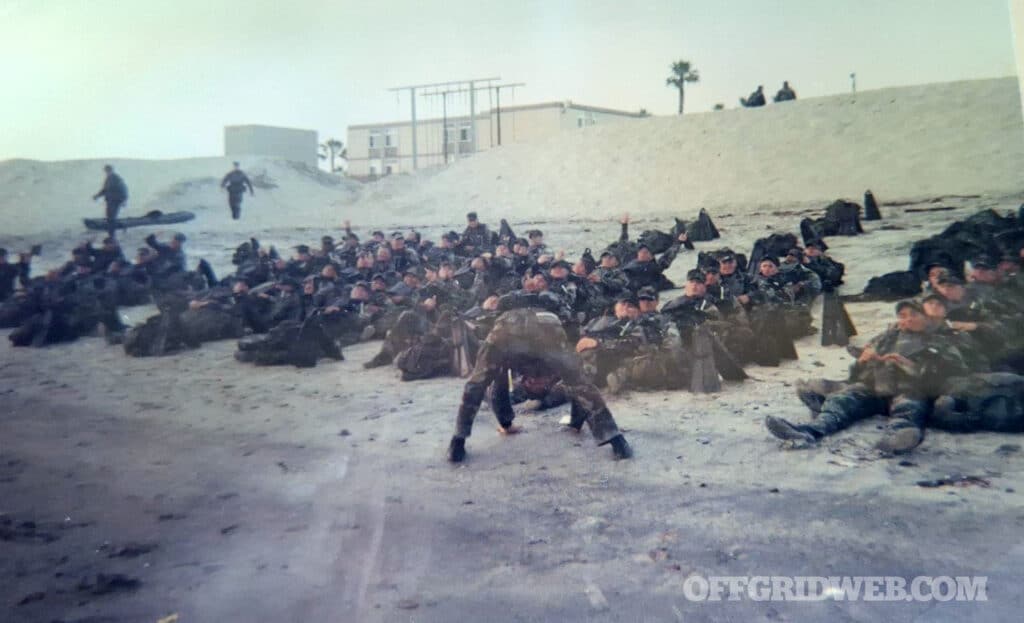
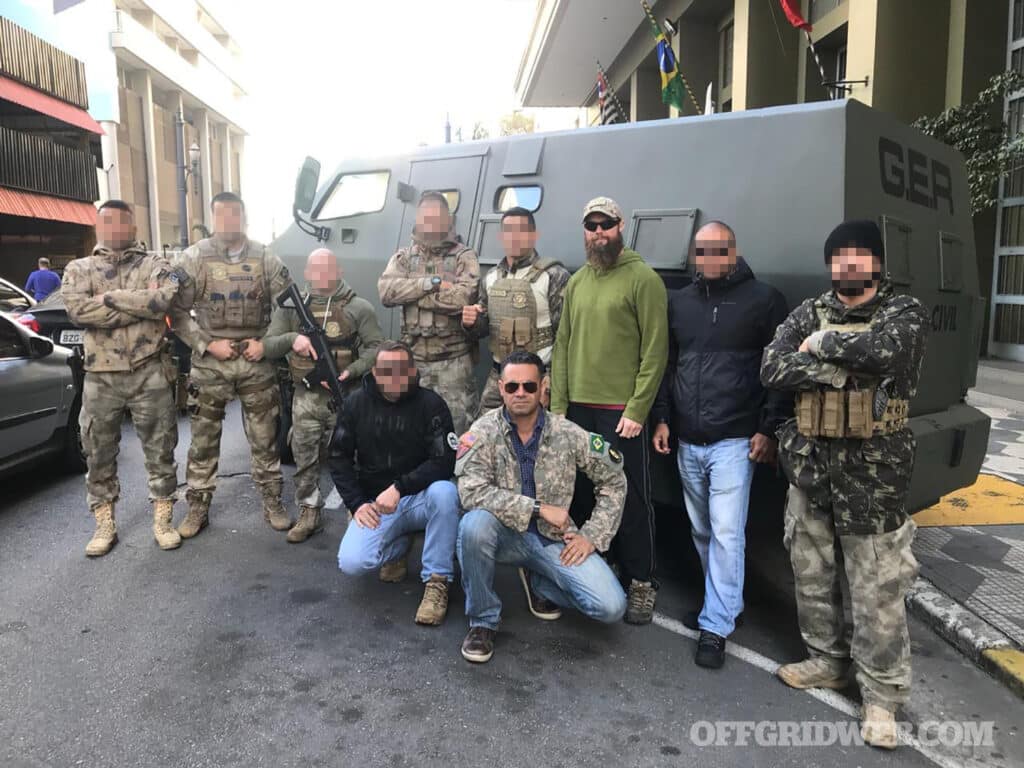
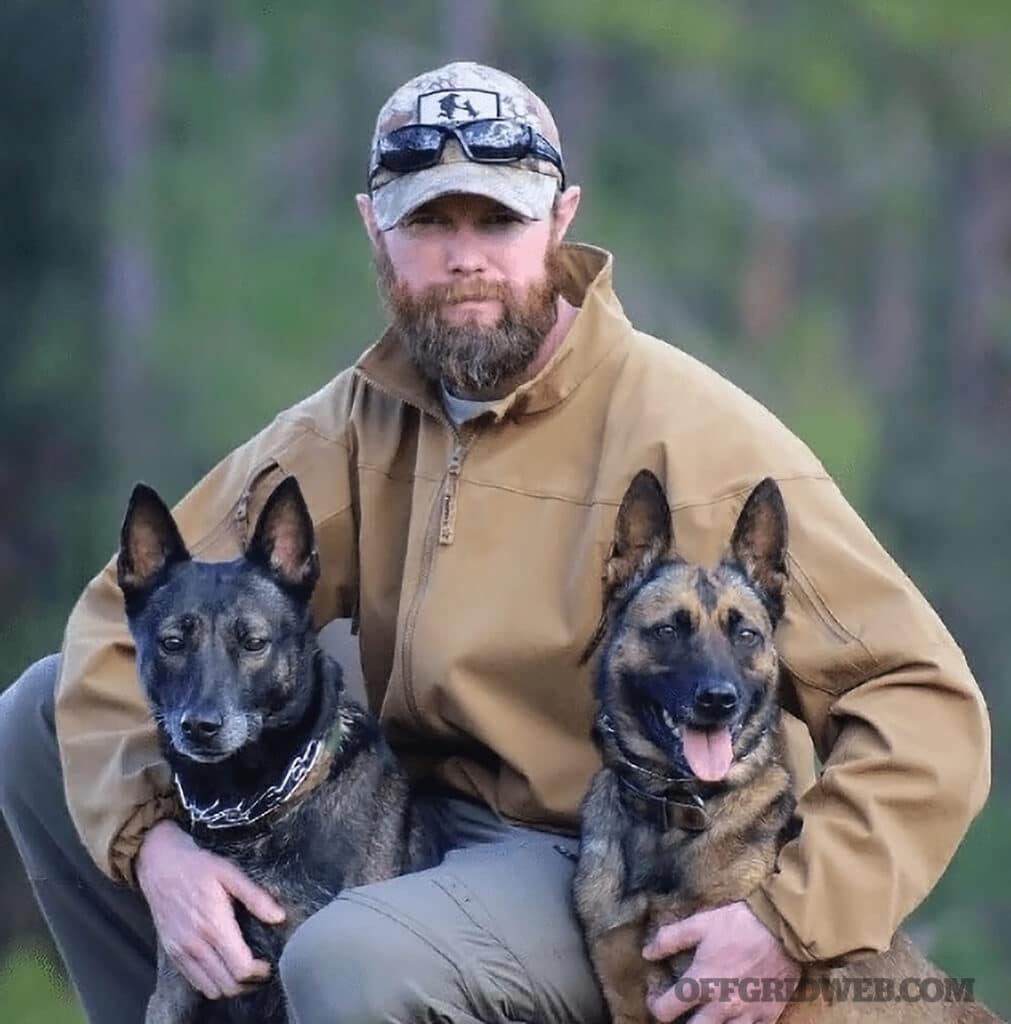
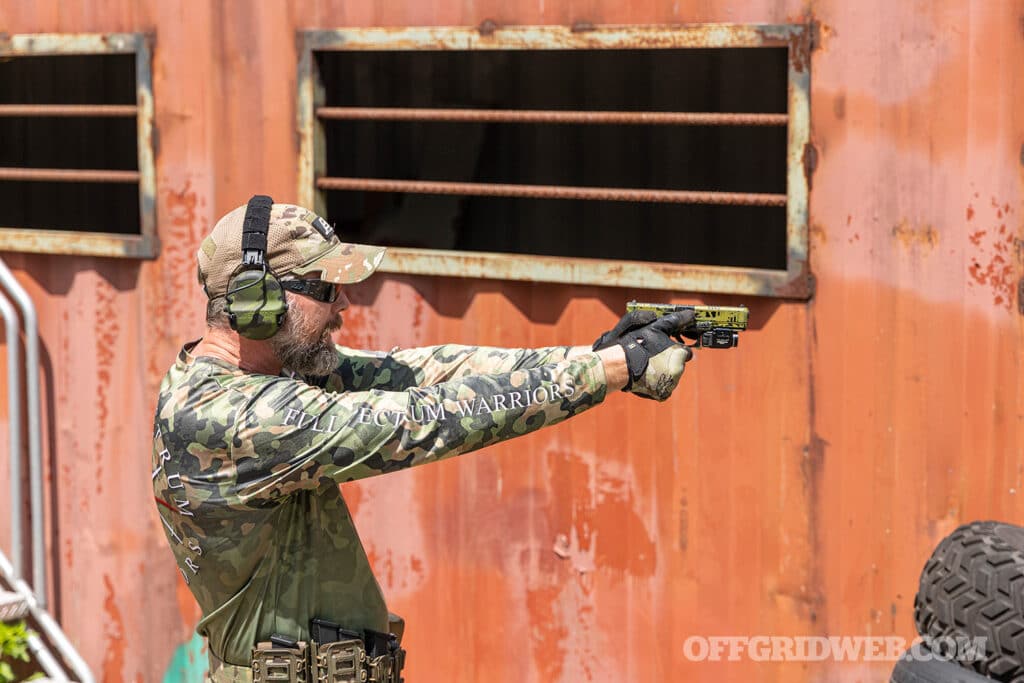
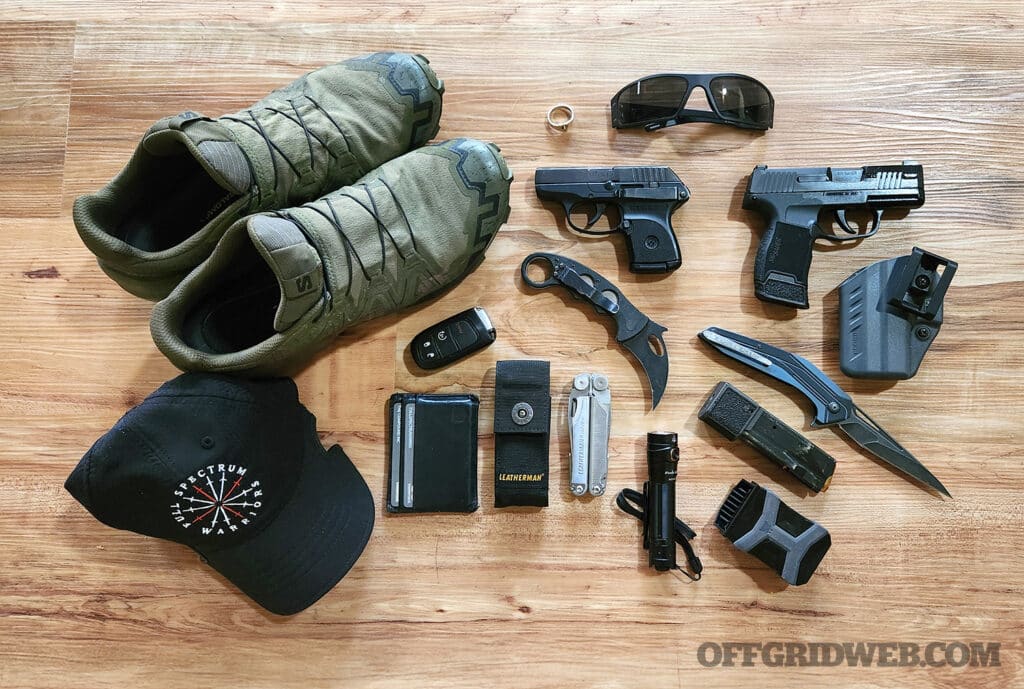

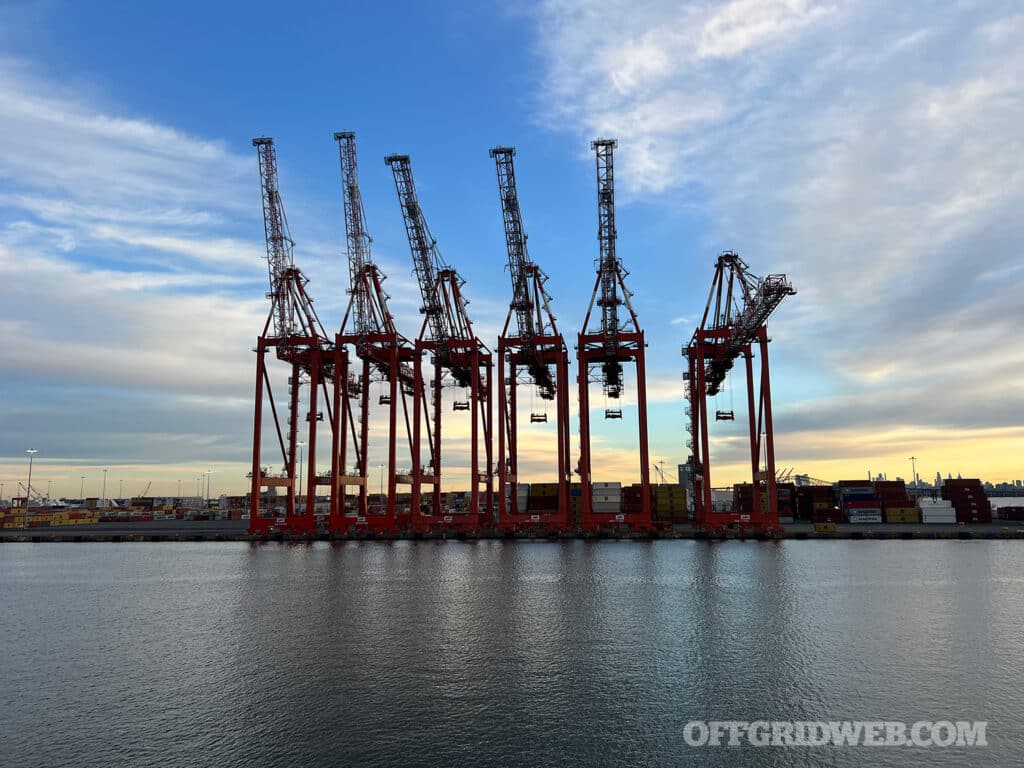



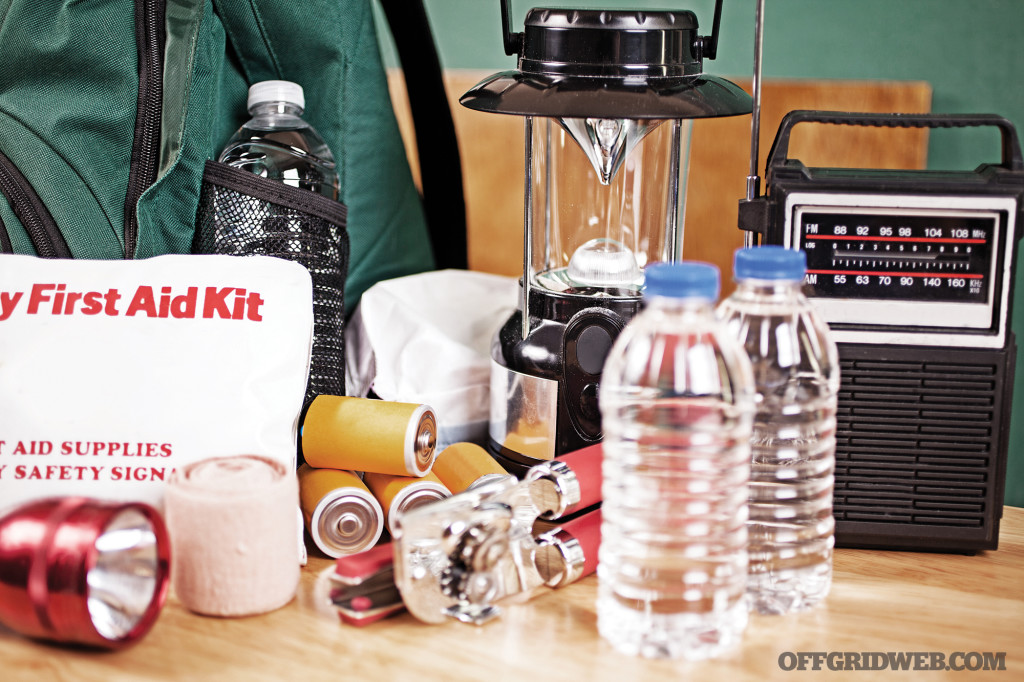 Above: Common Emergency Supplies make great barter items.
Above: Common Emergency Supplies make great barter items.
